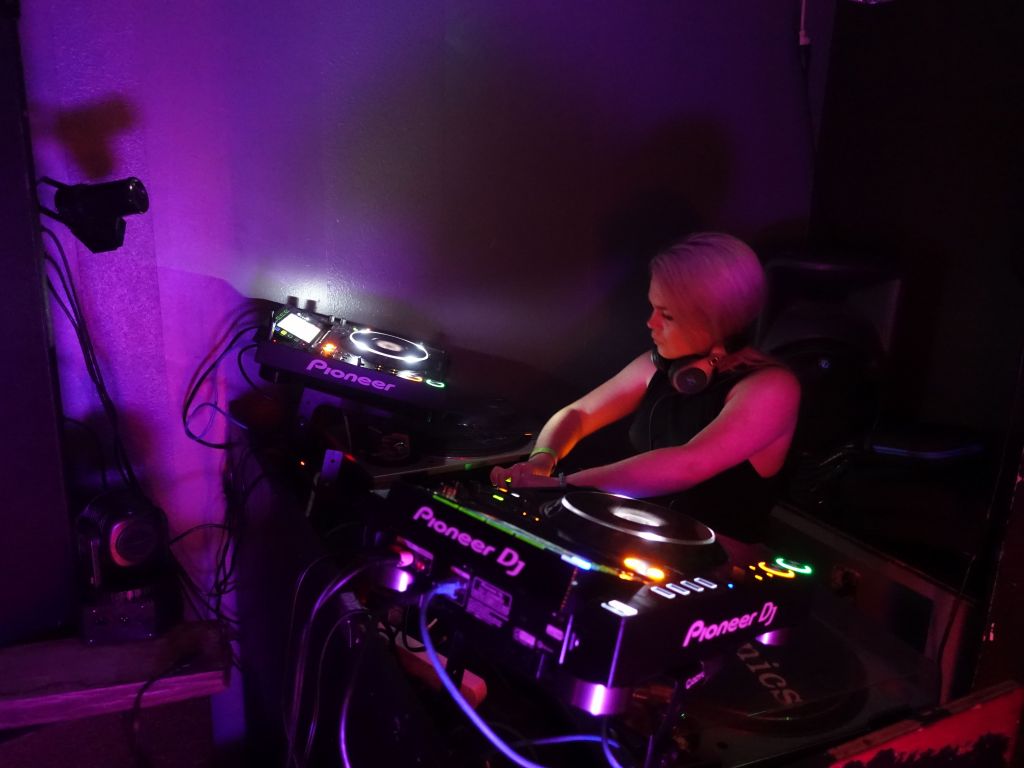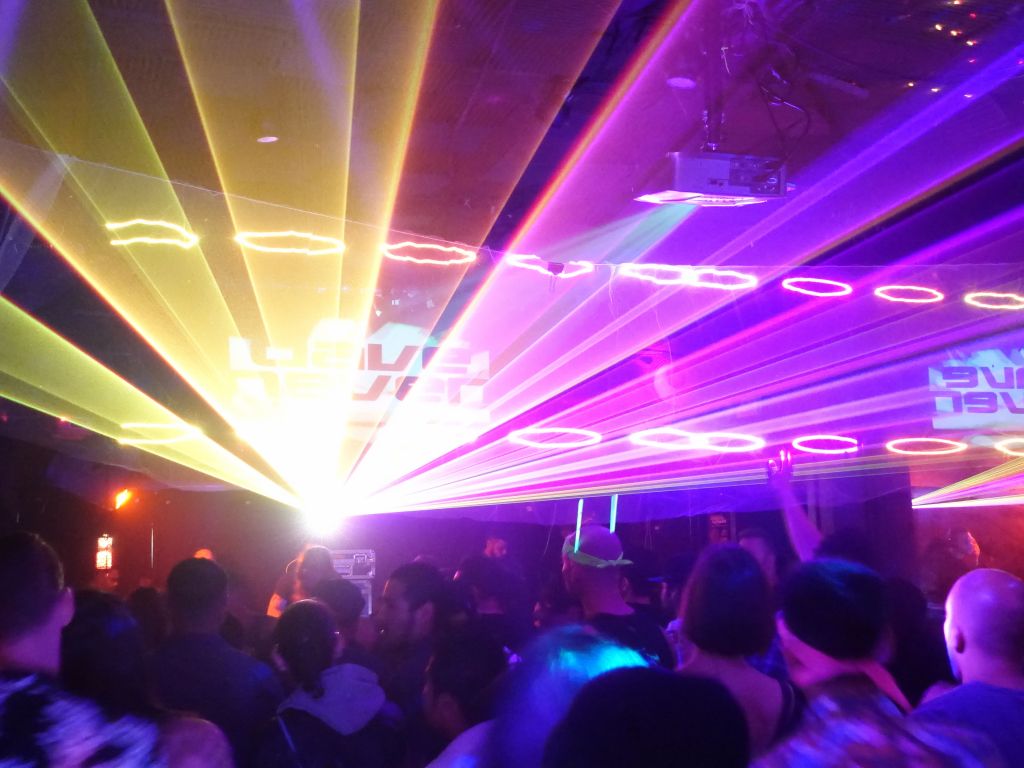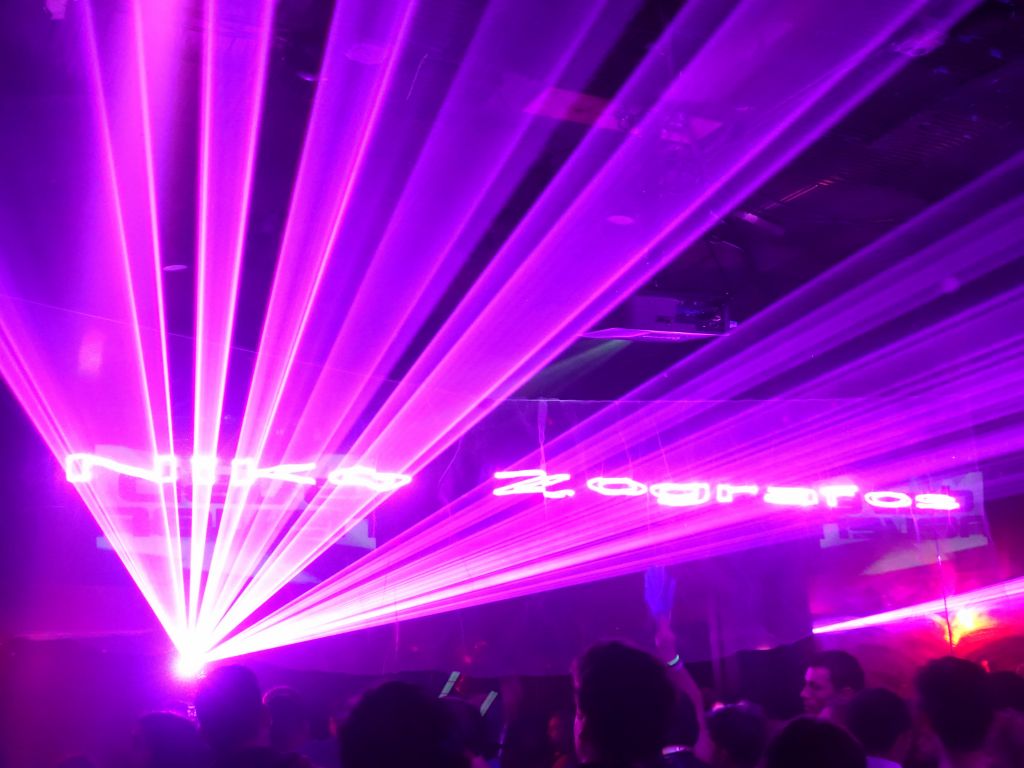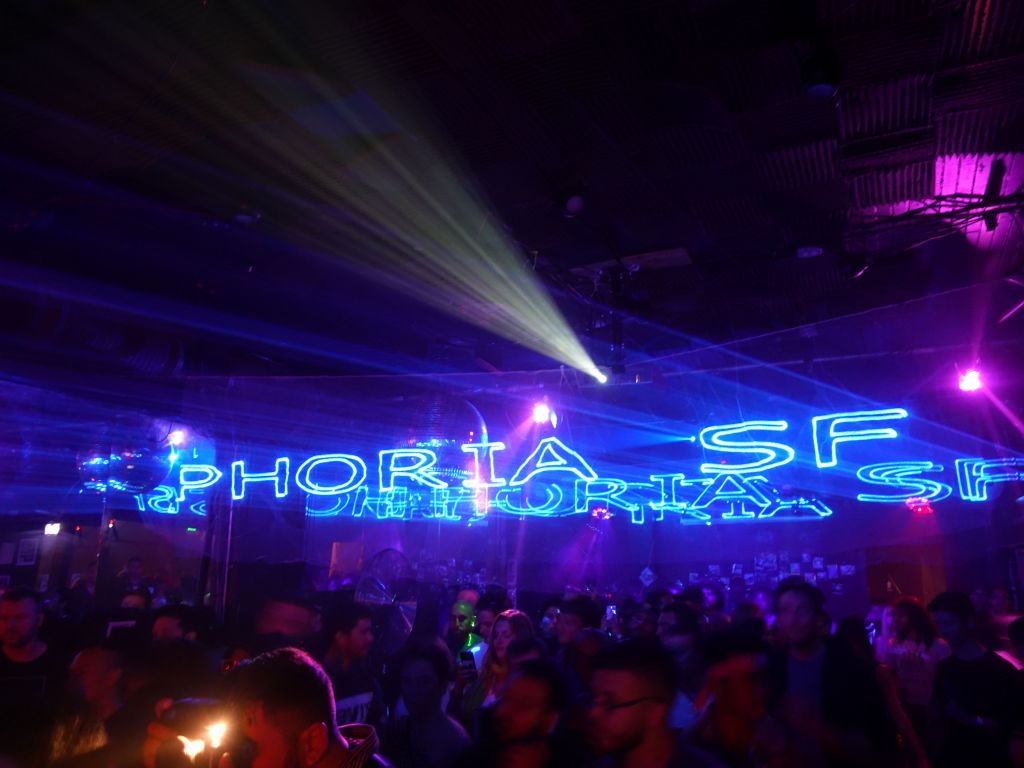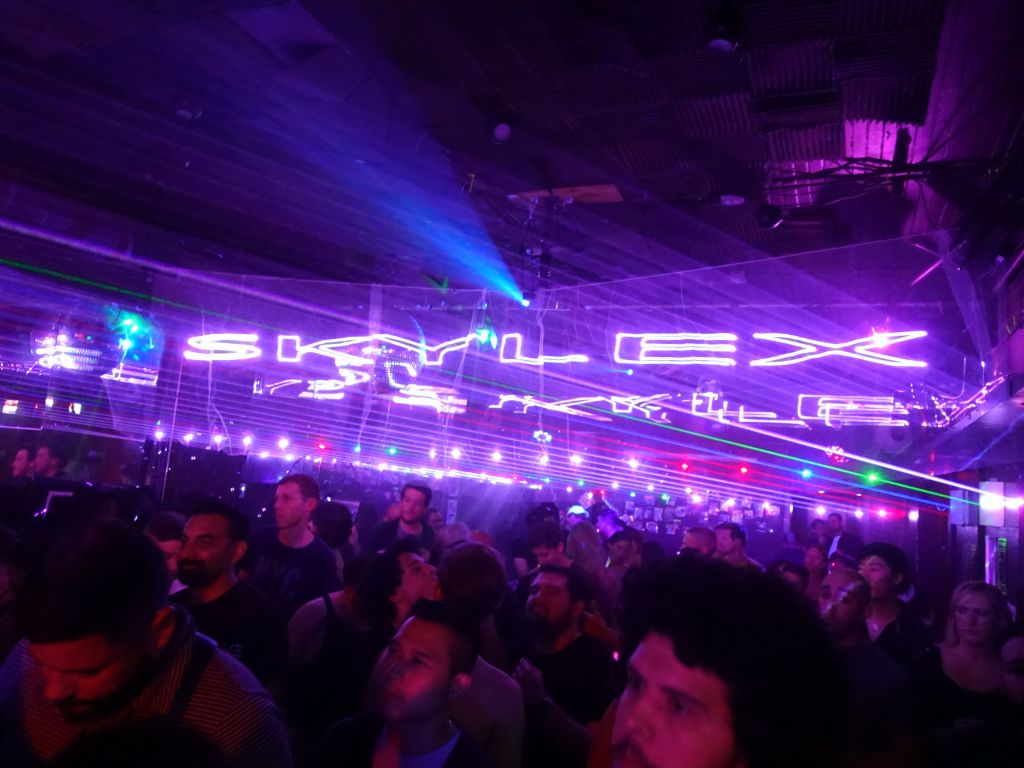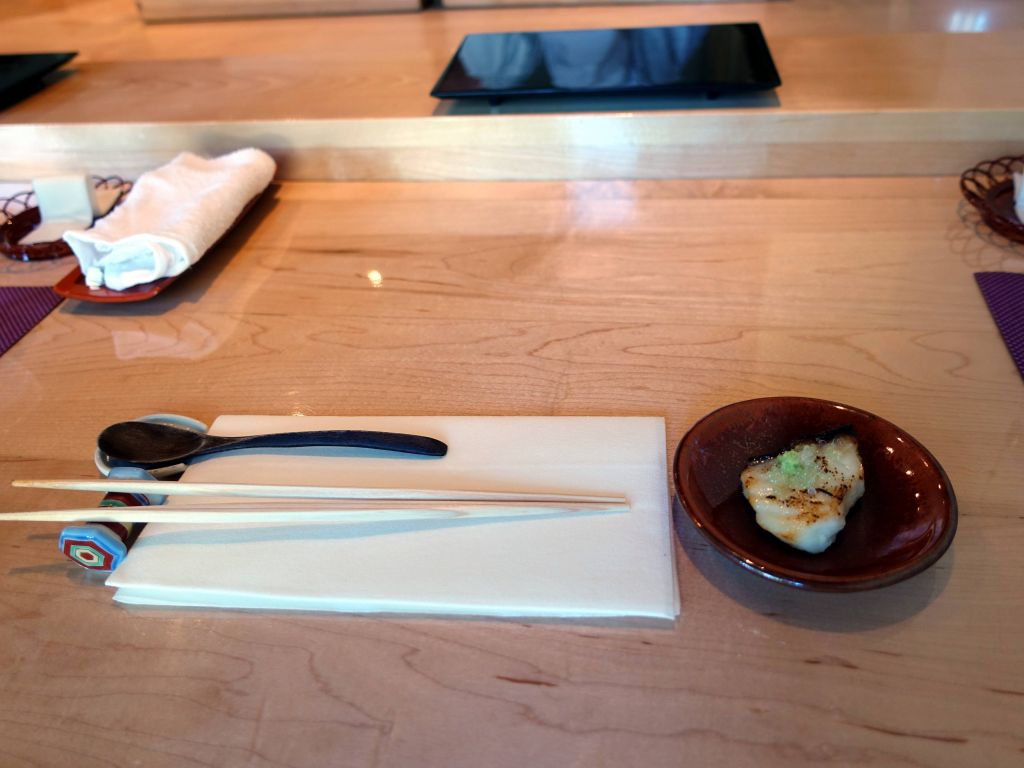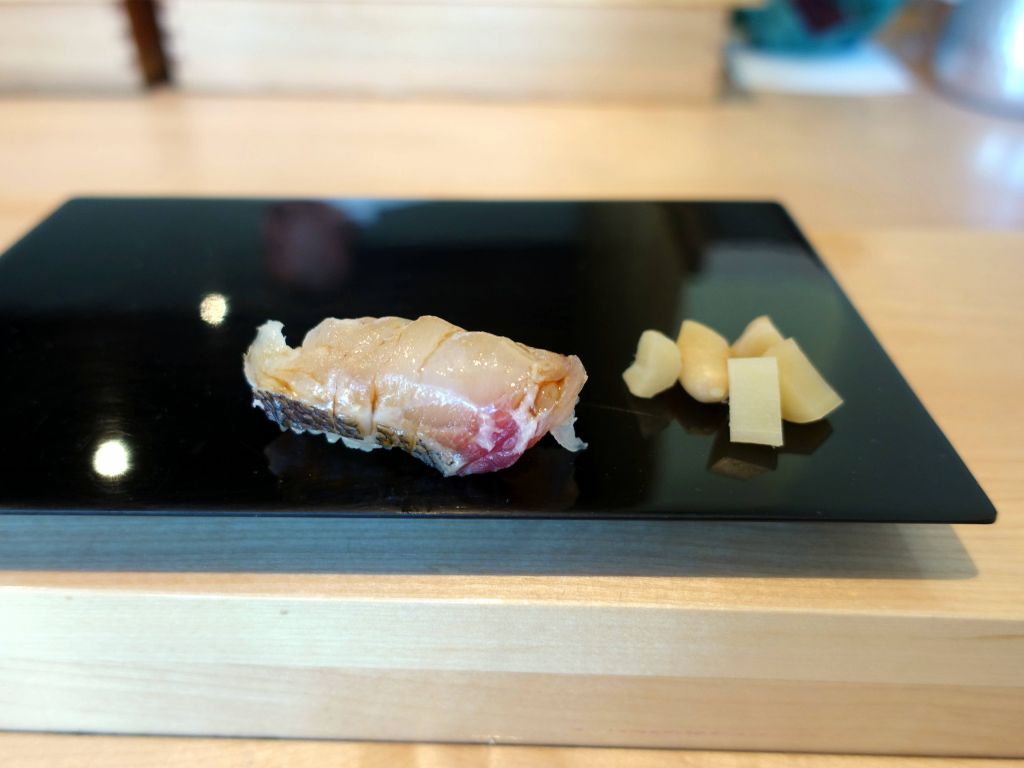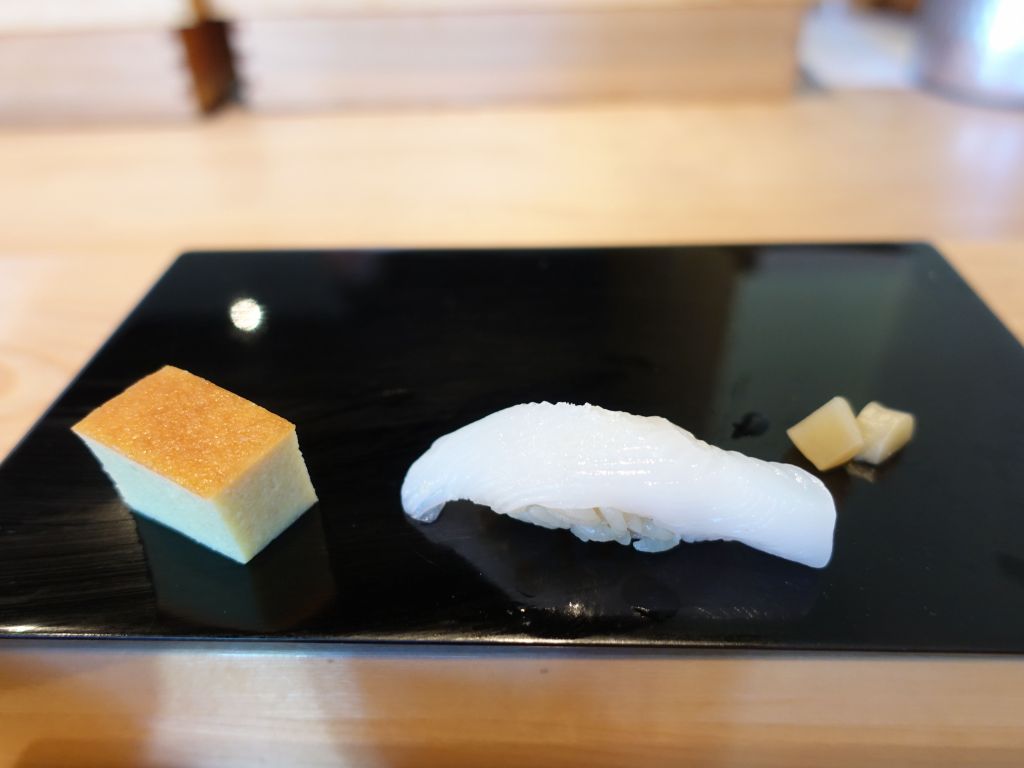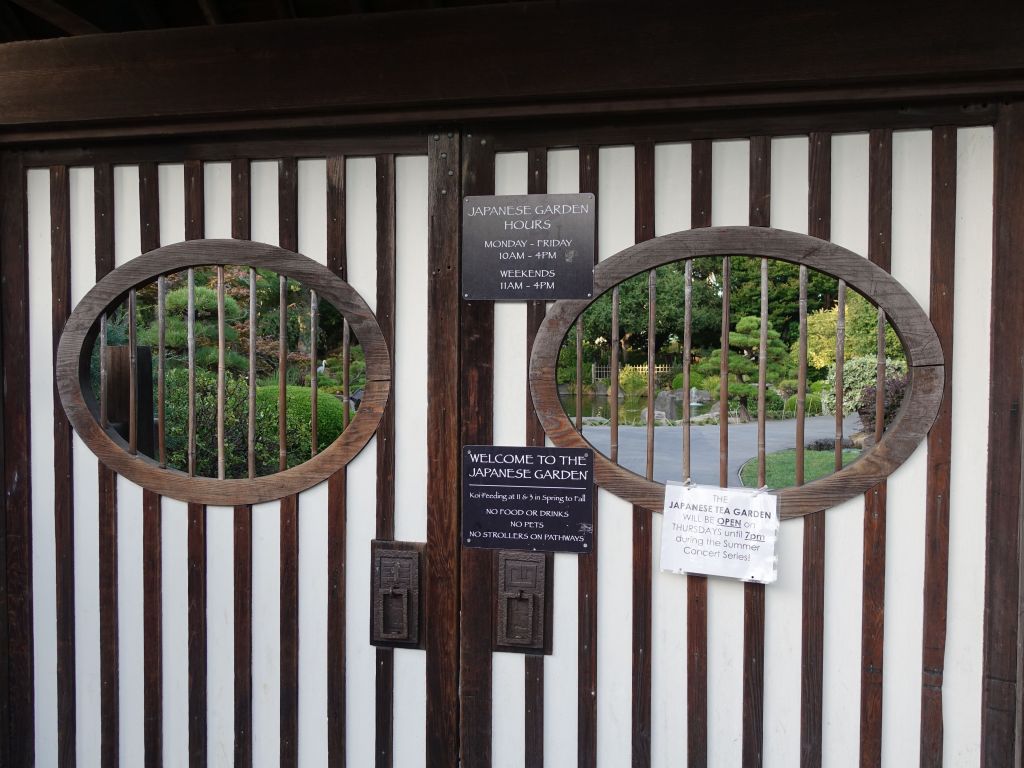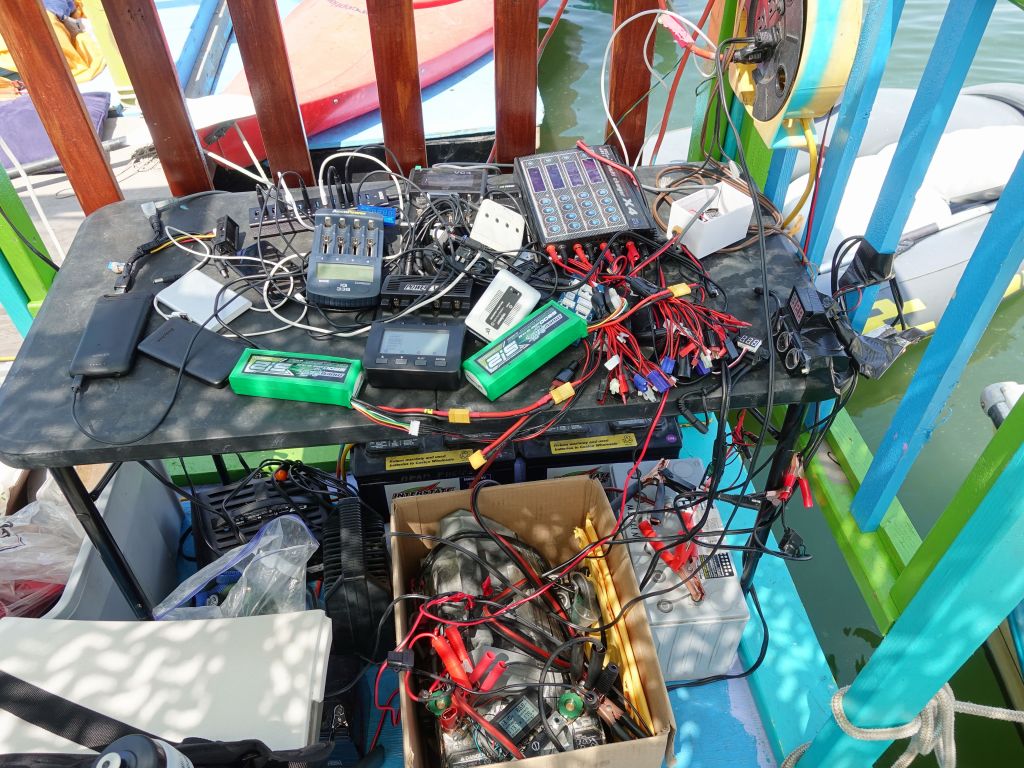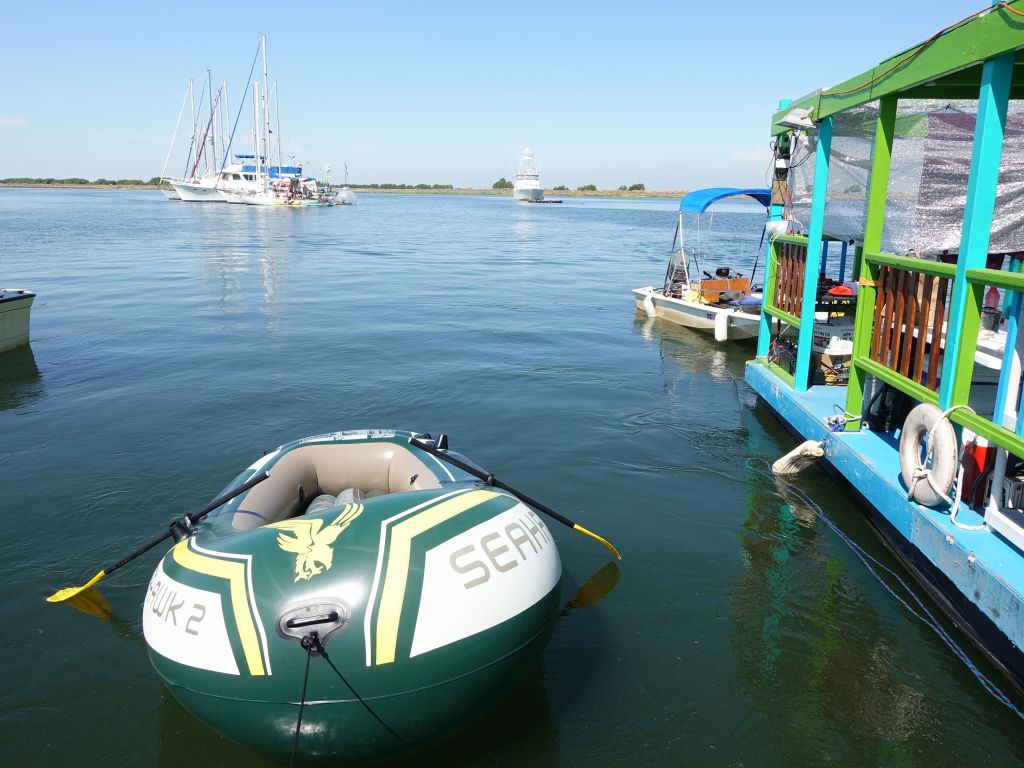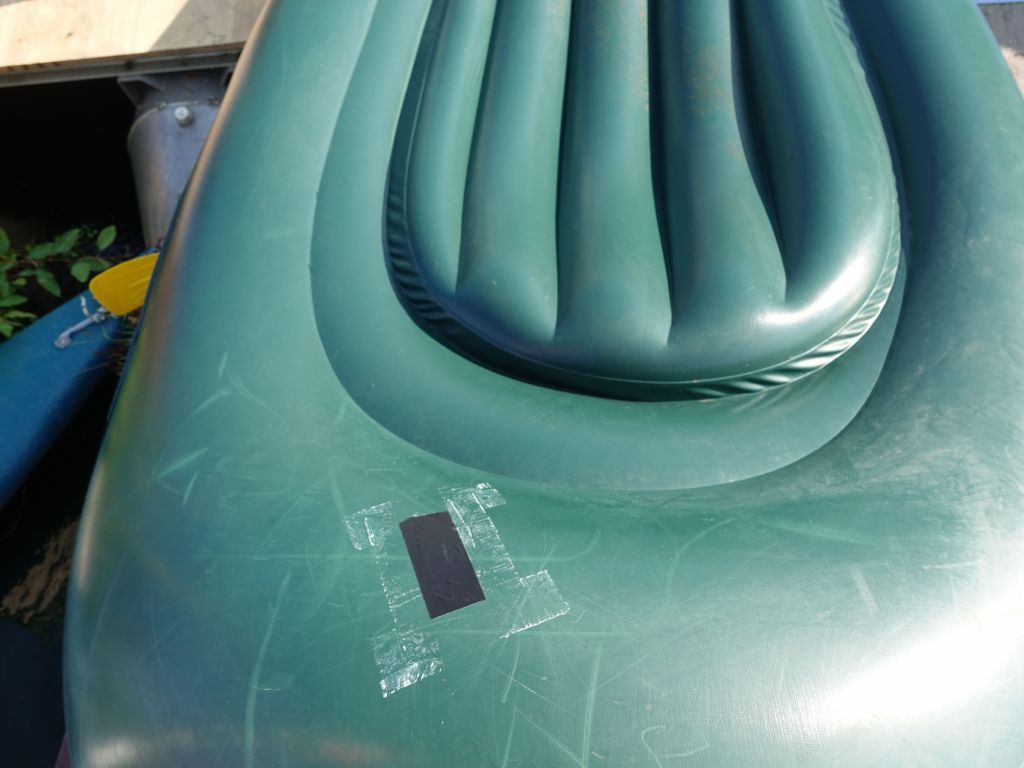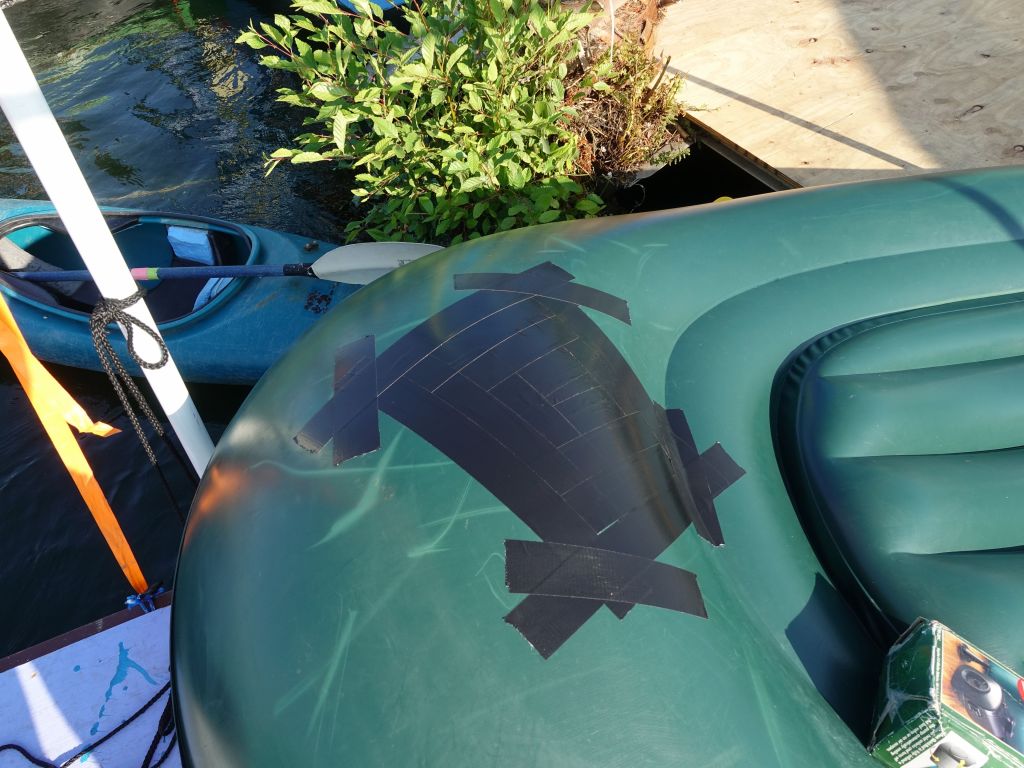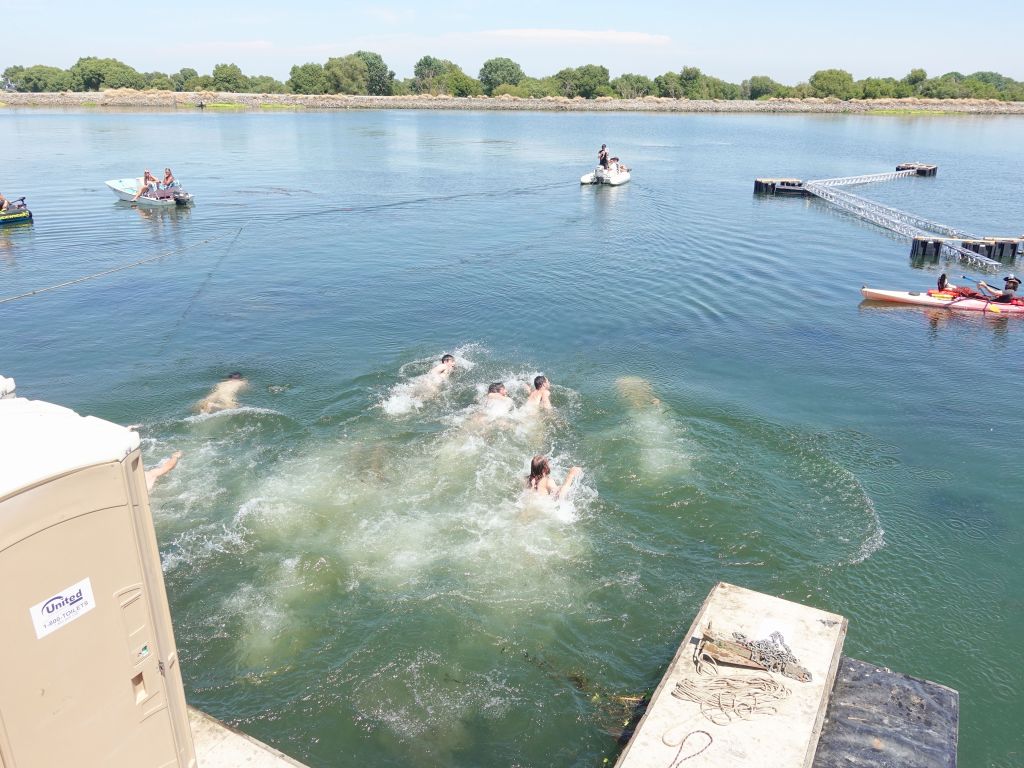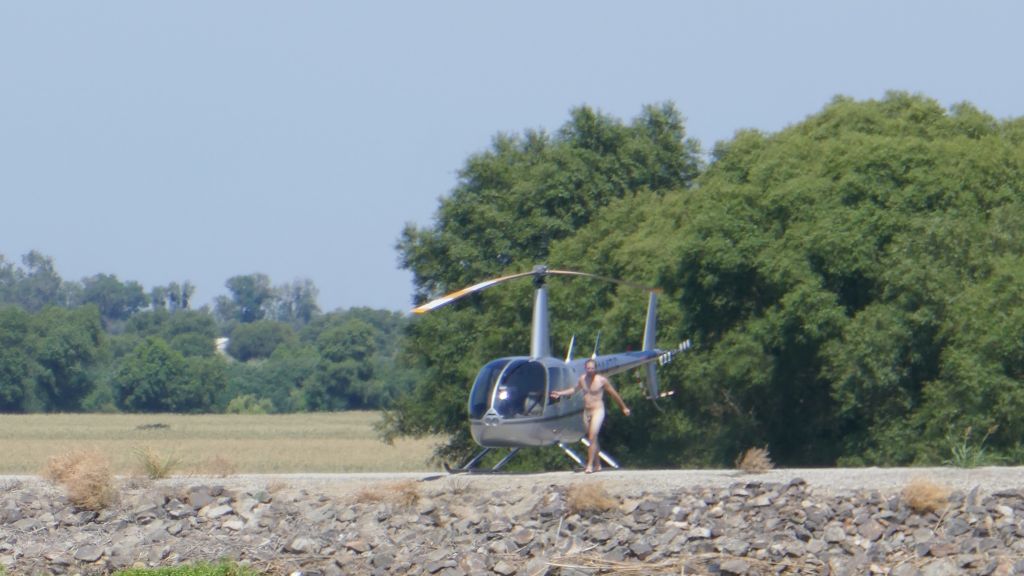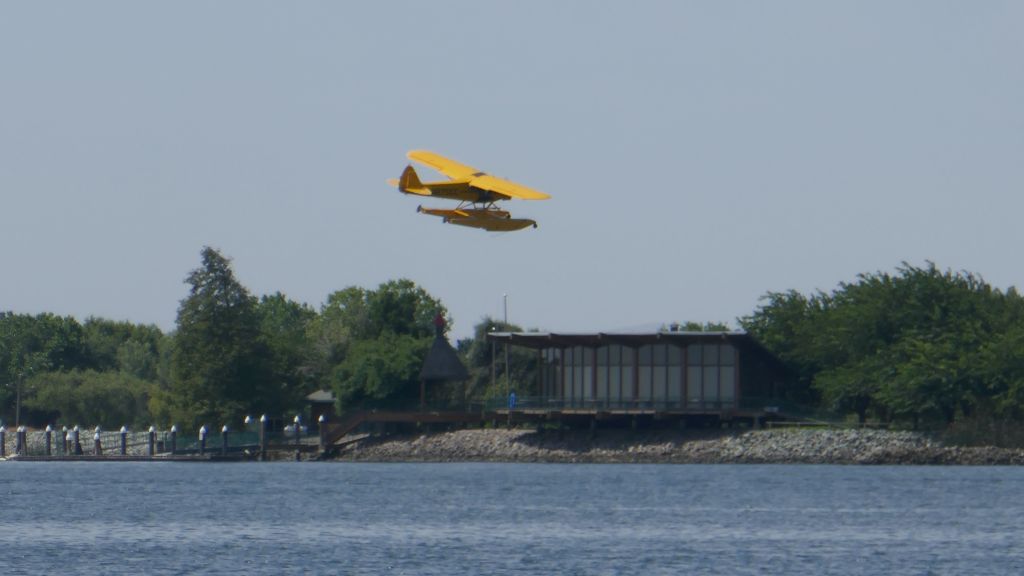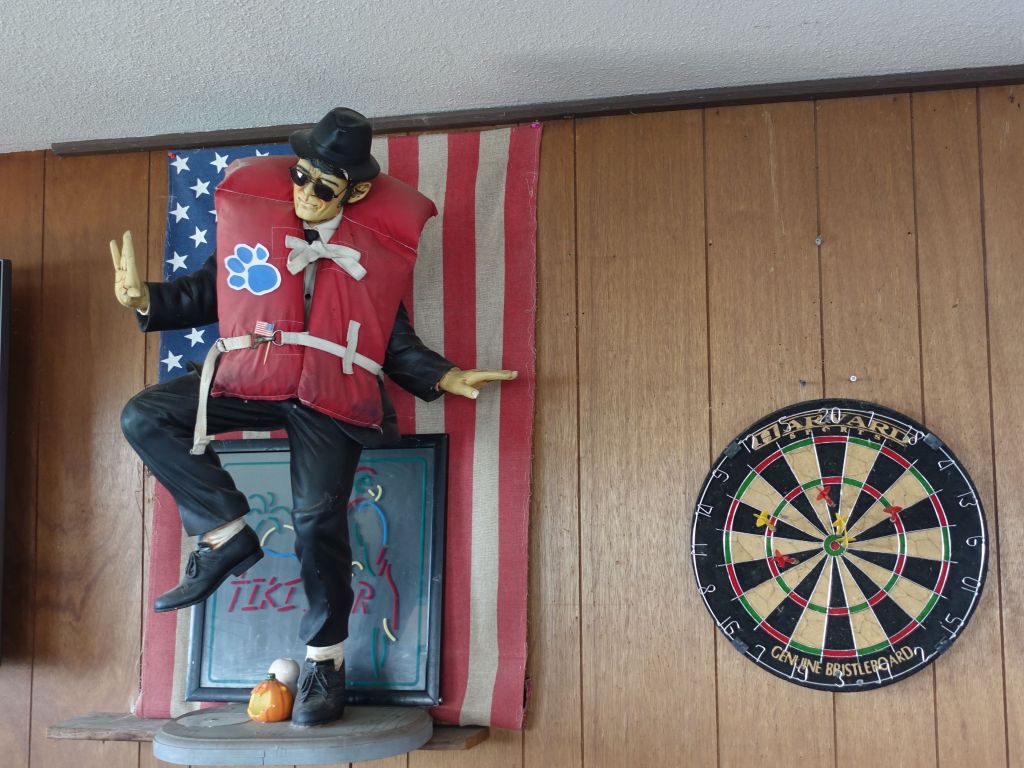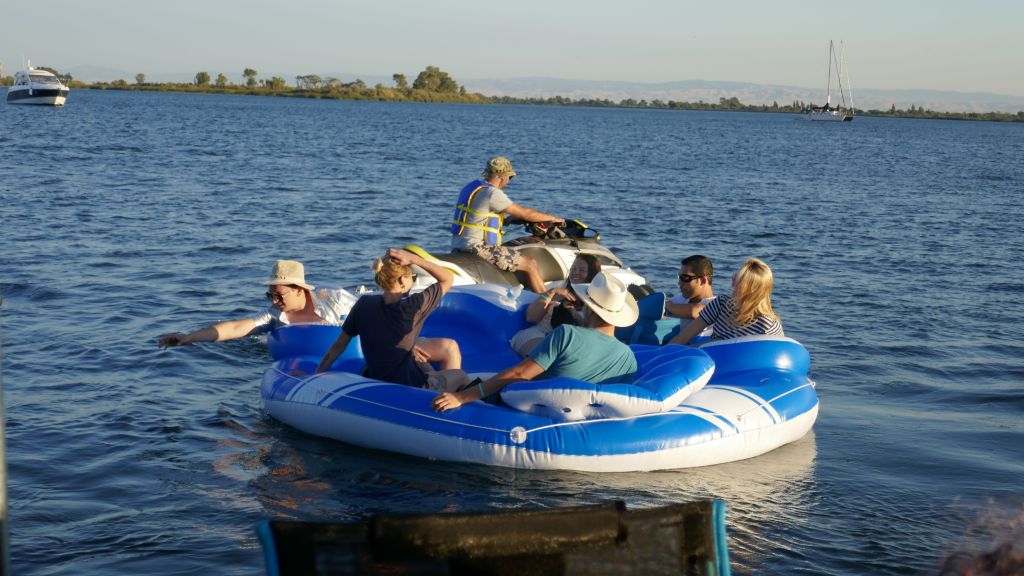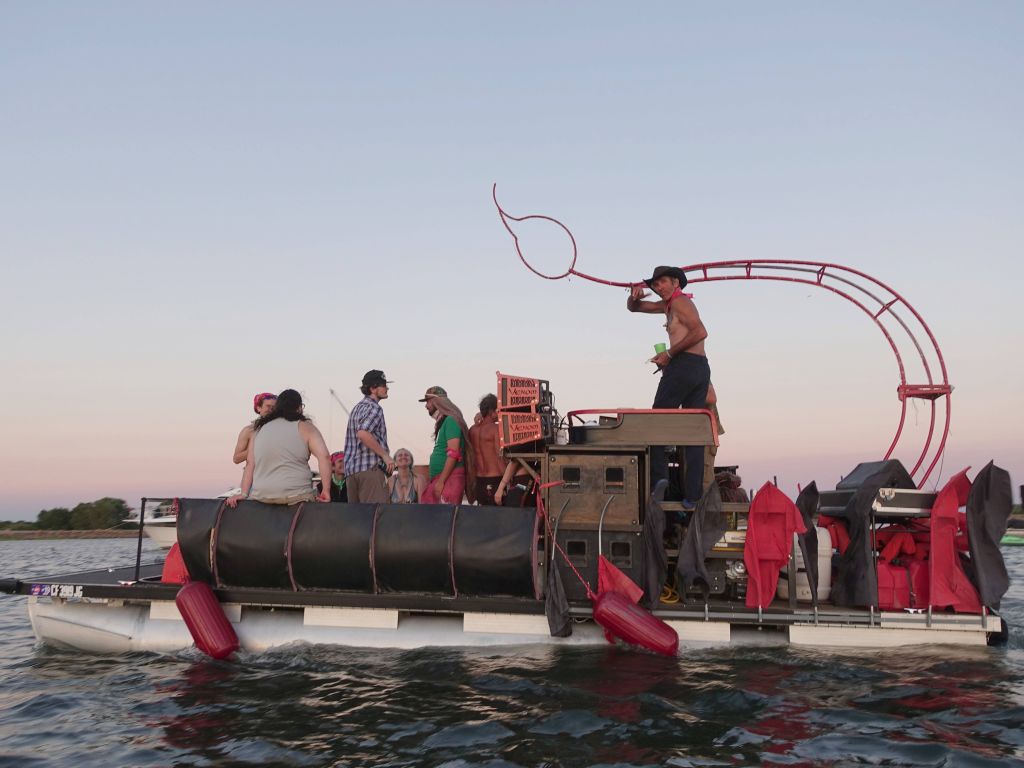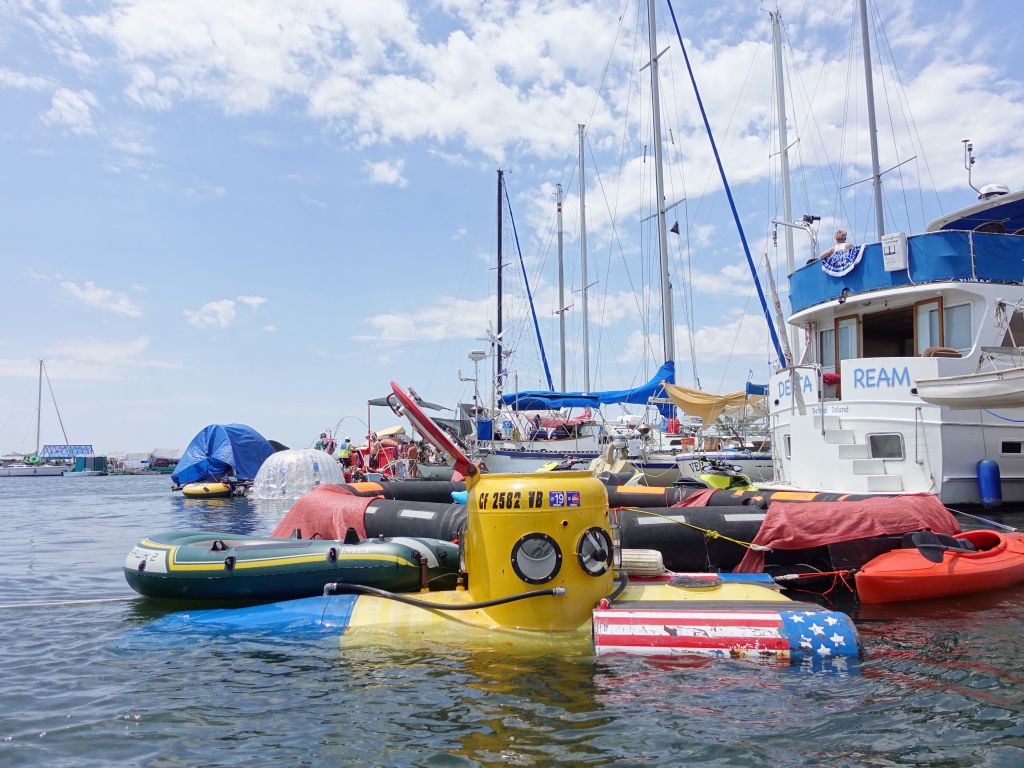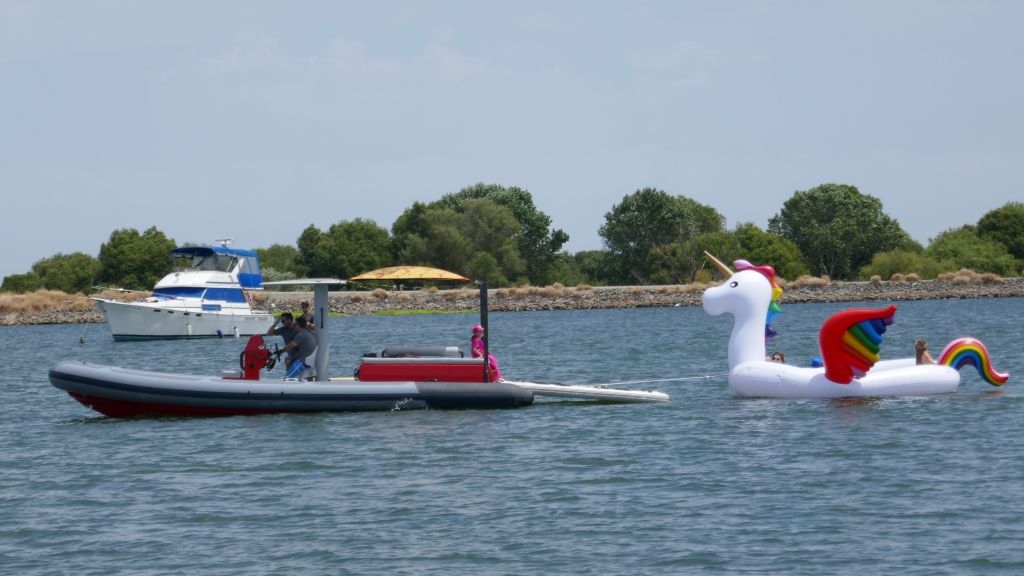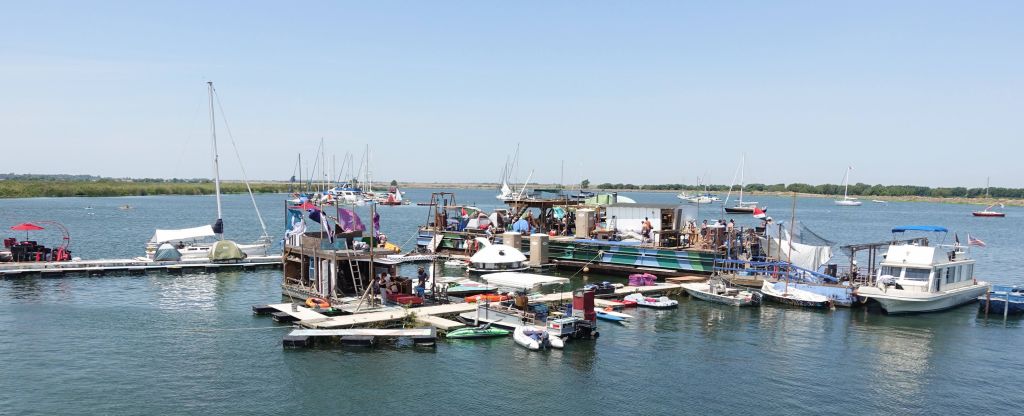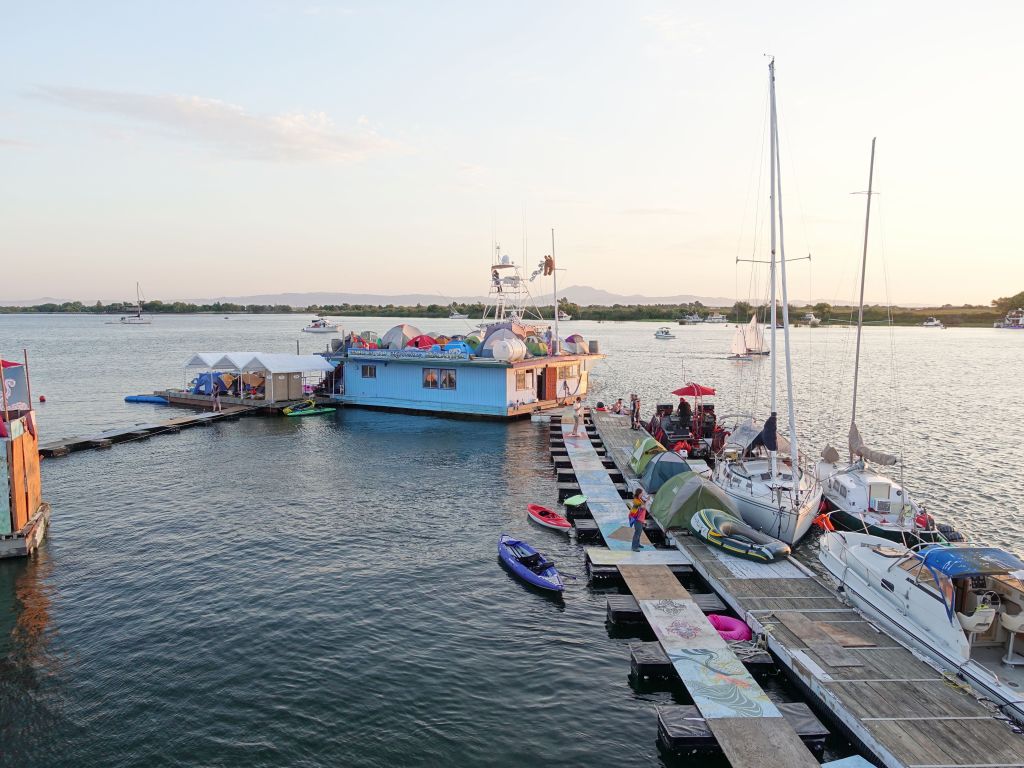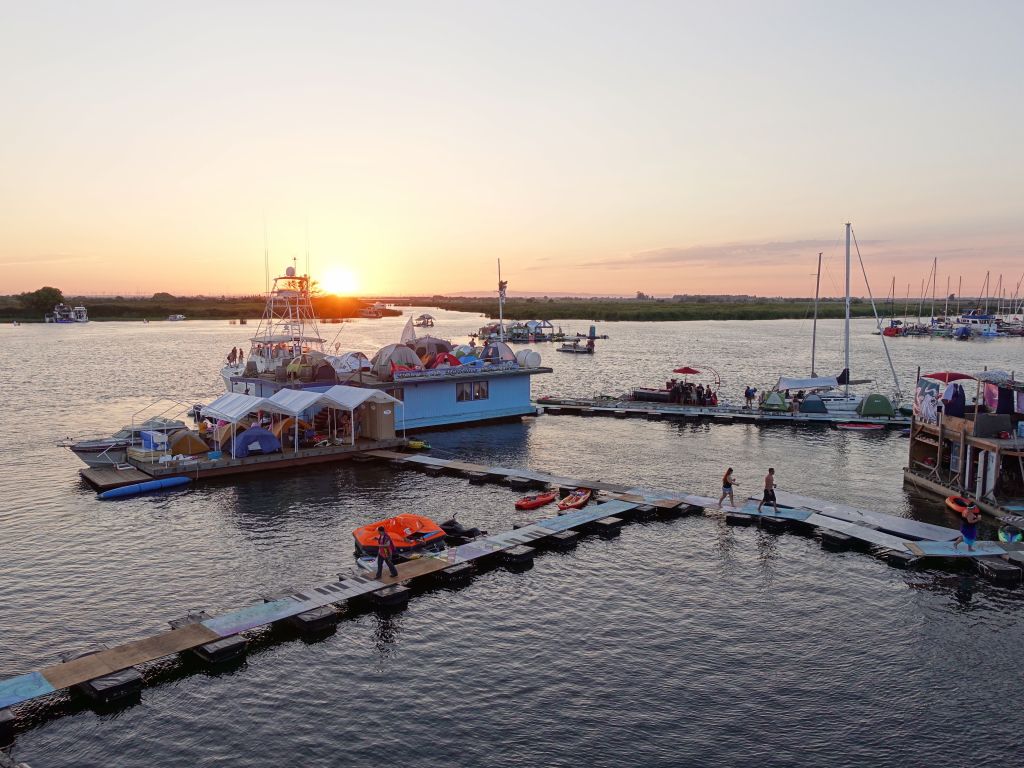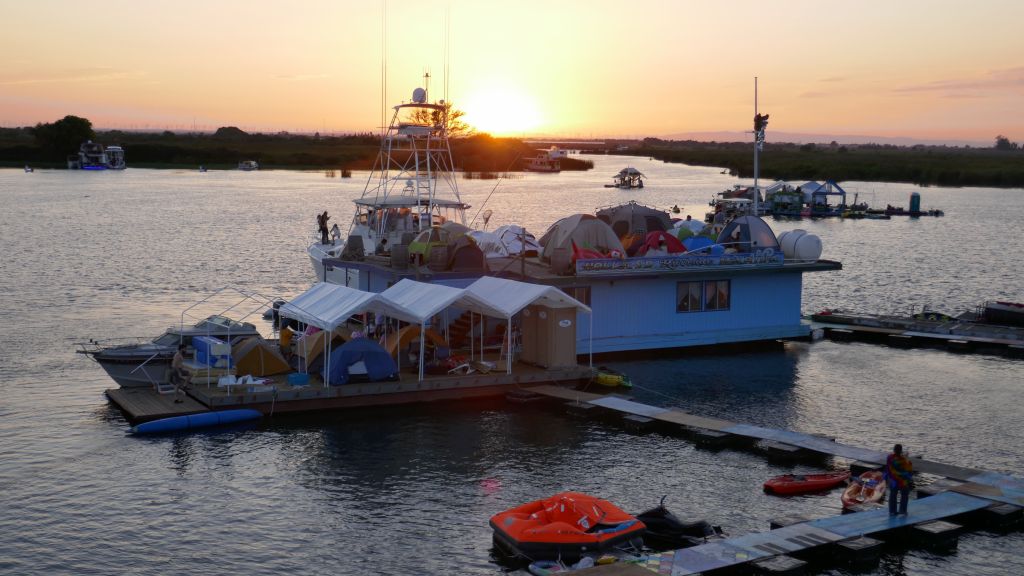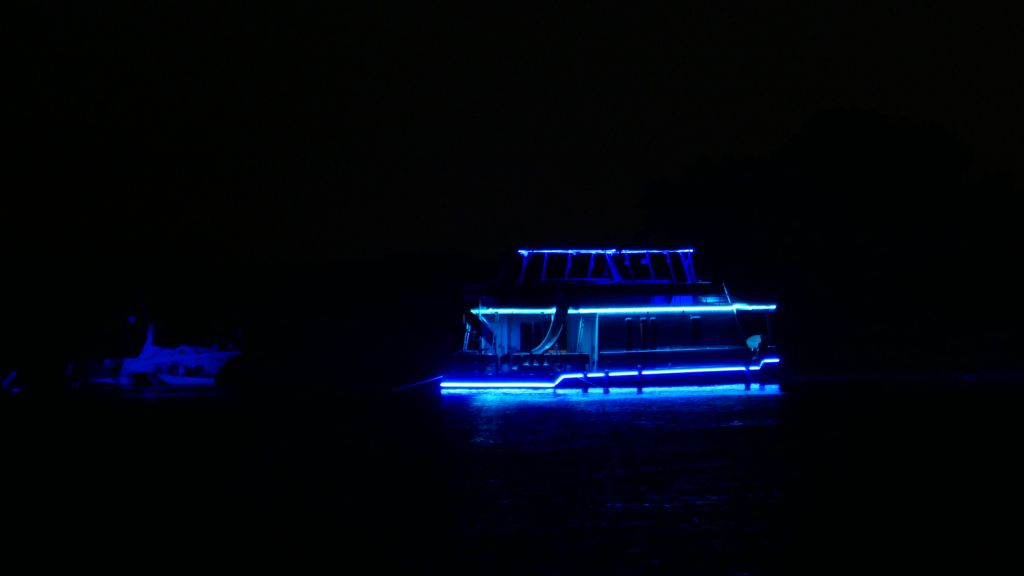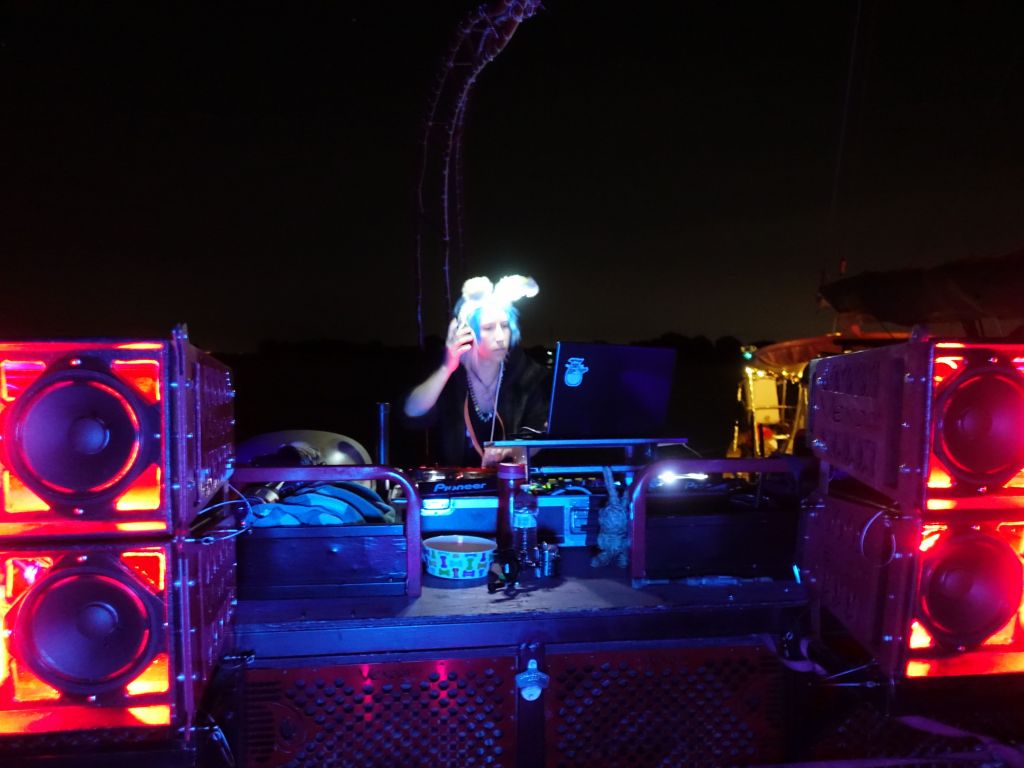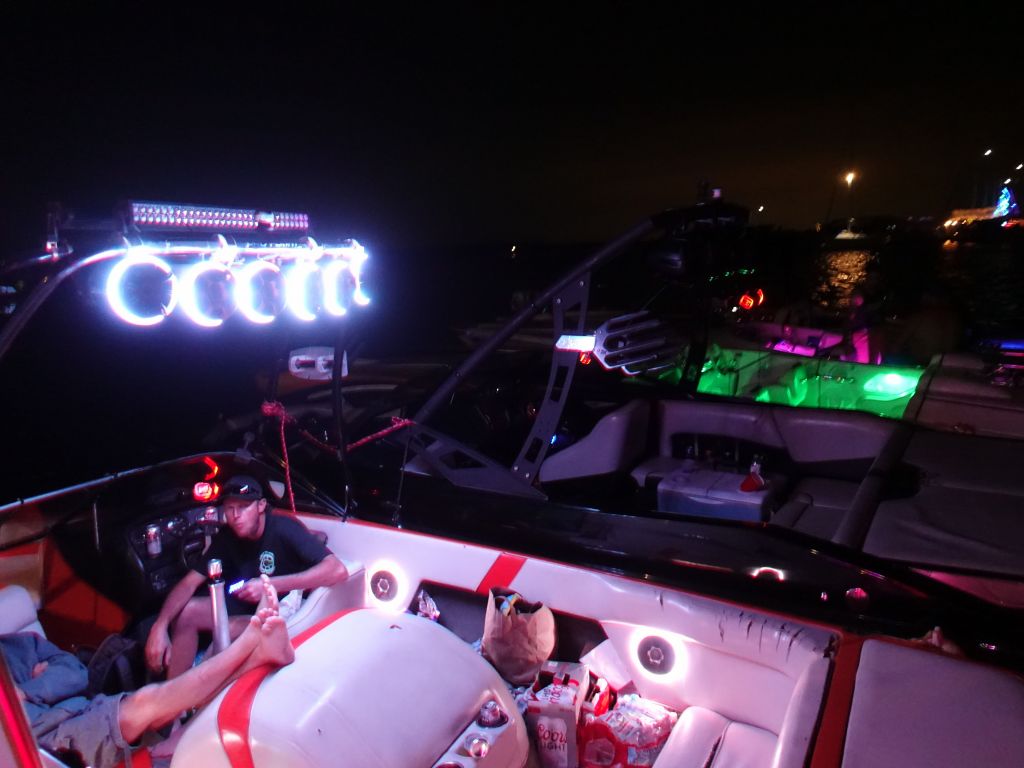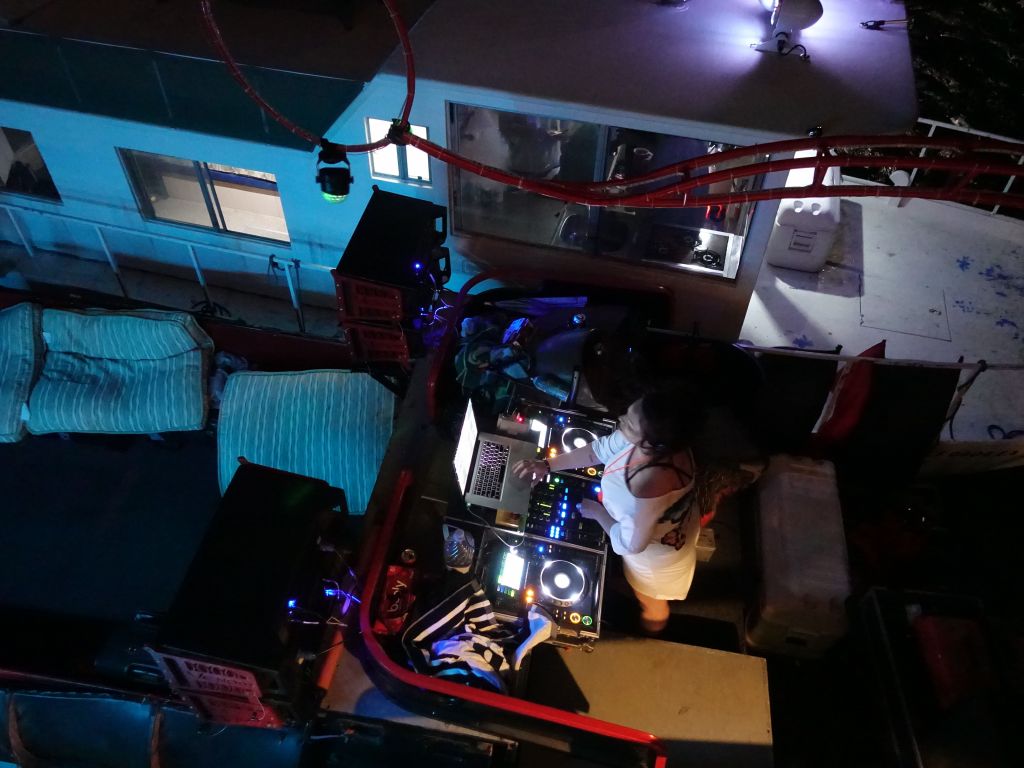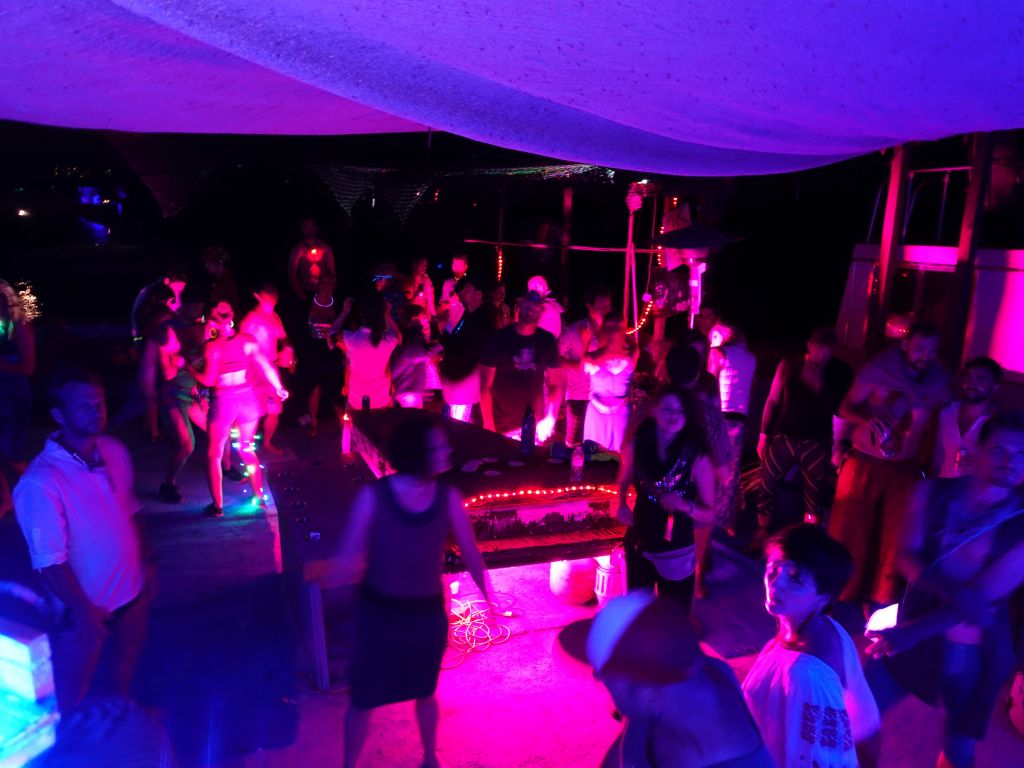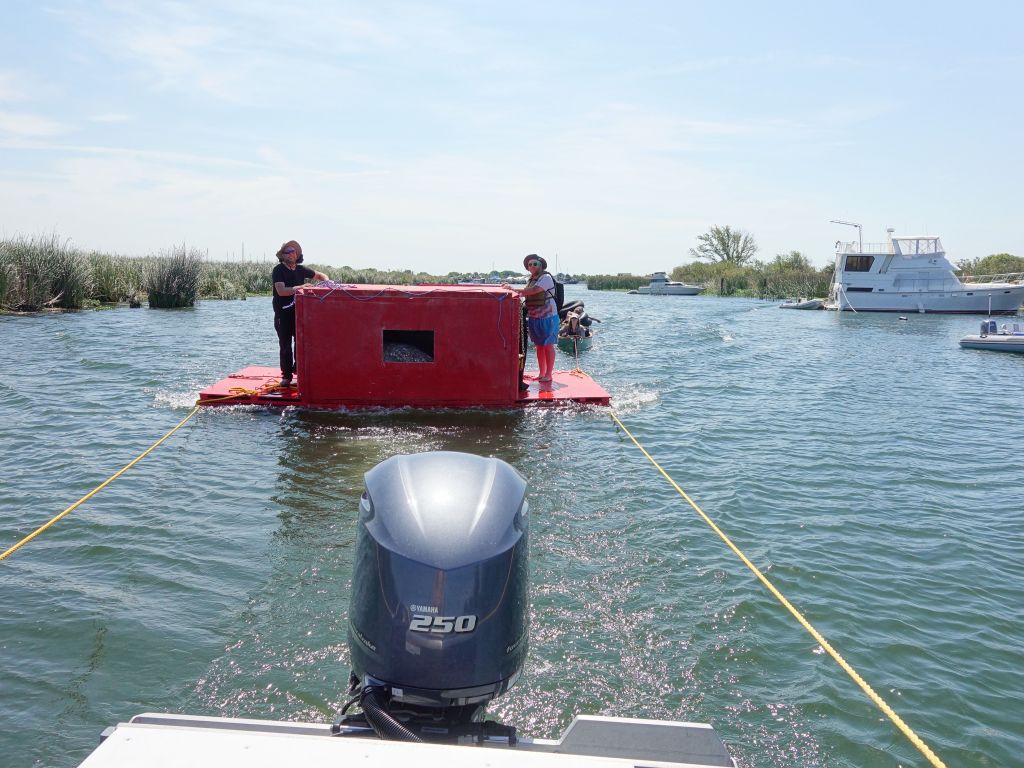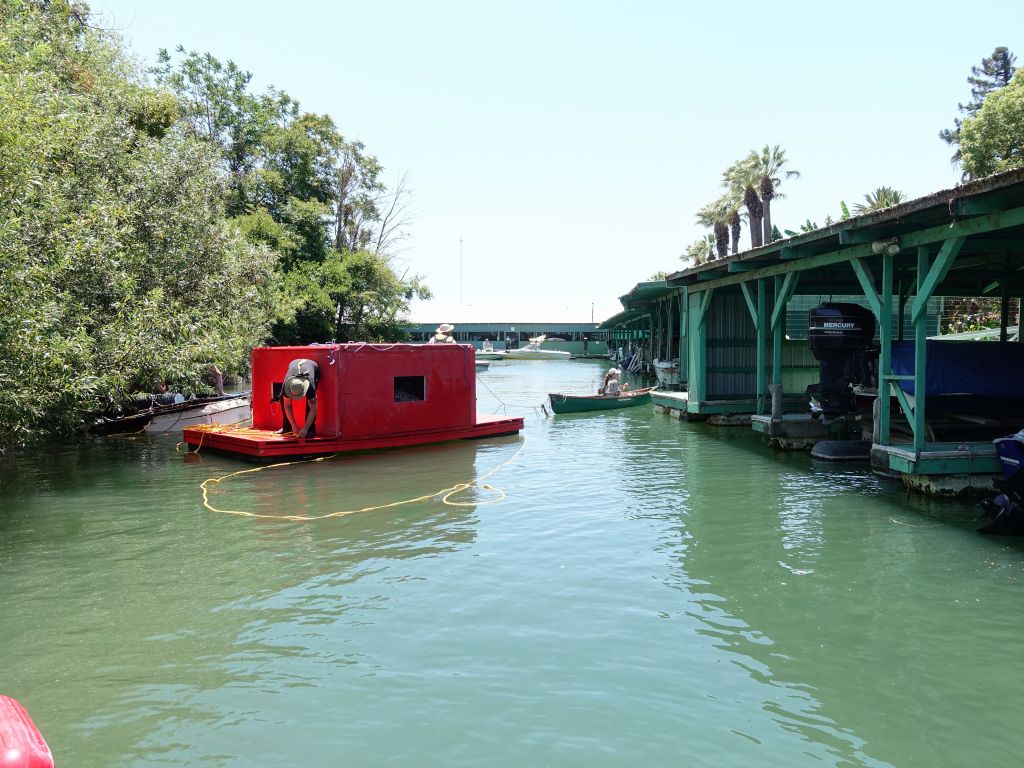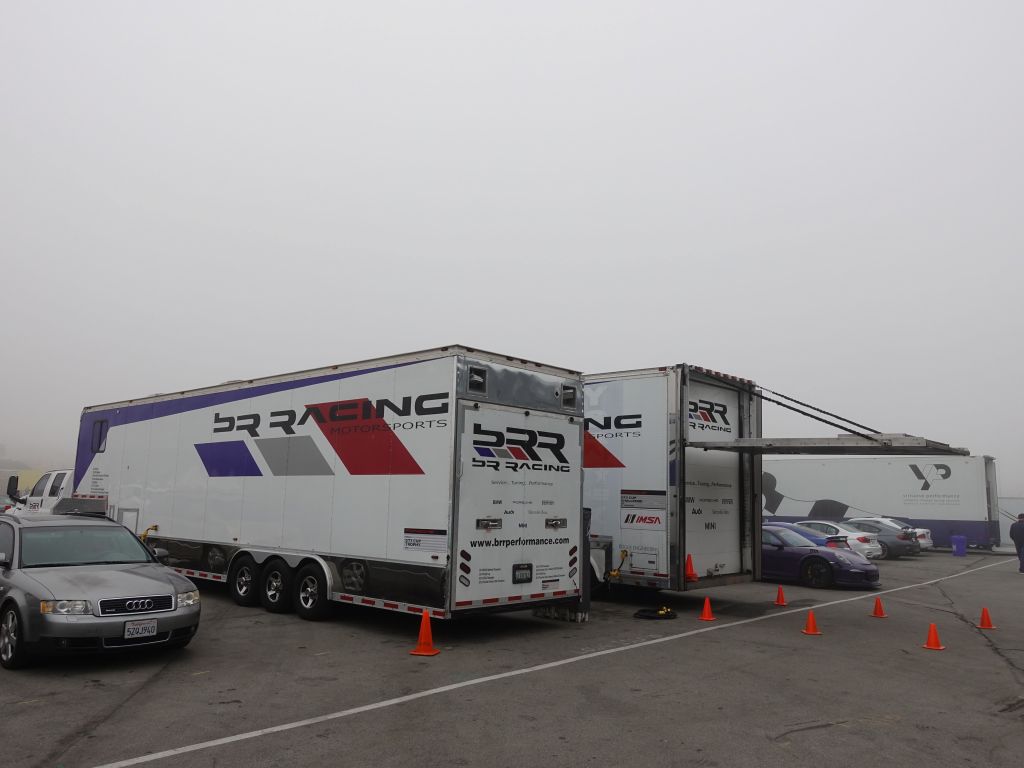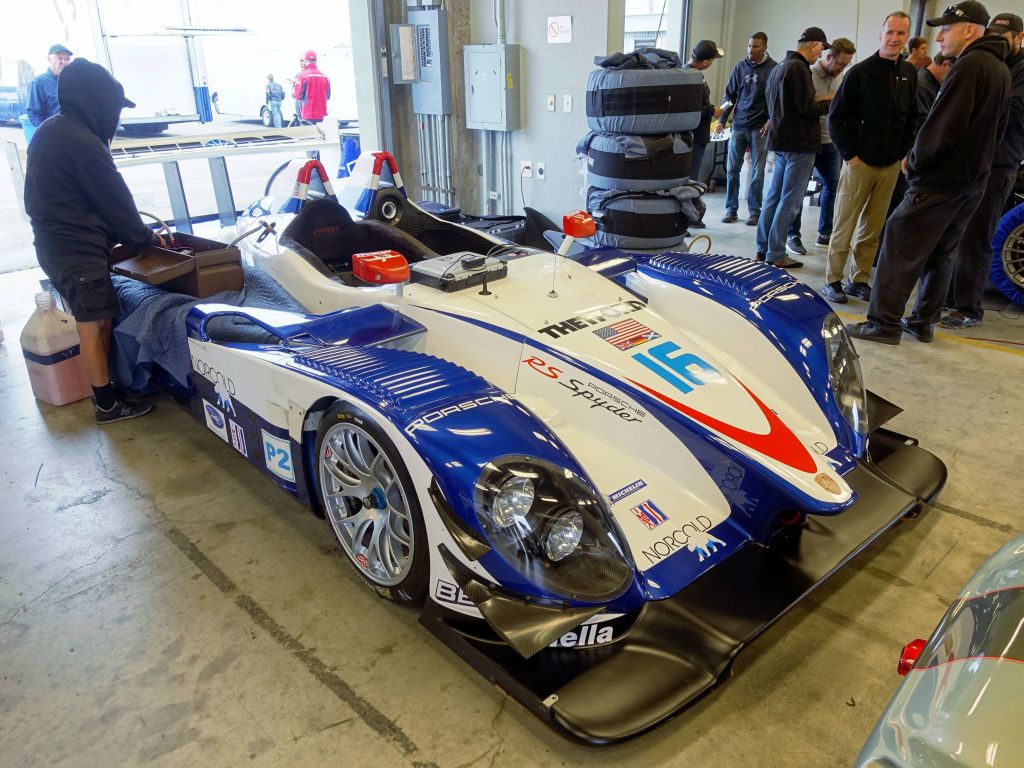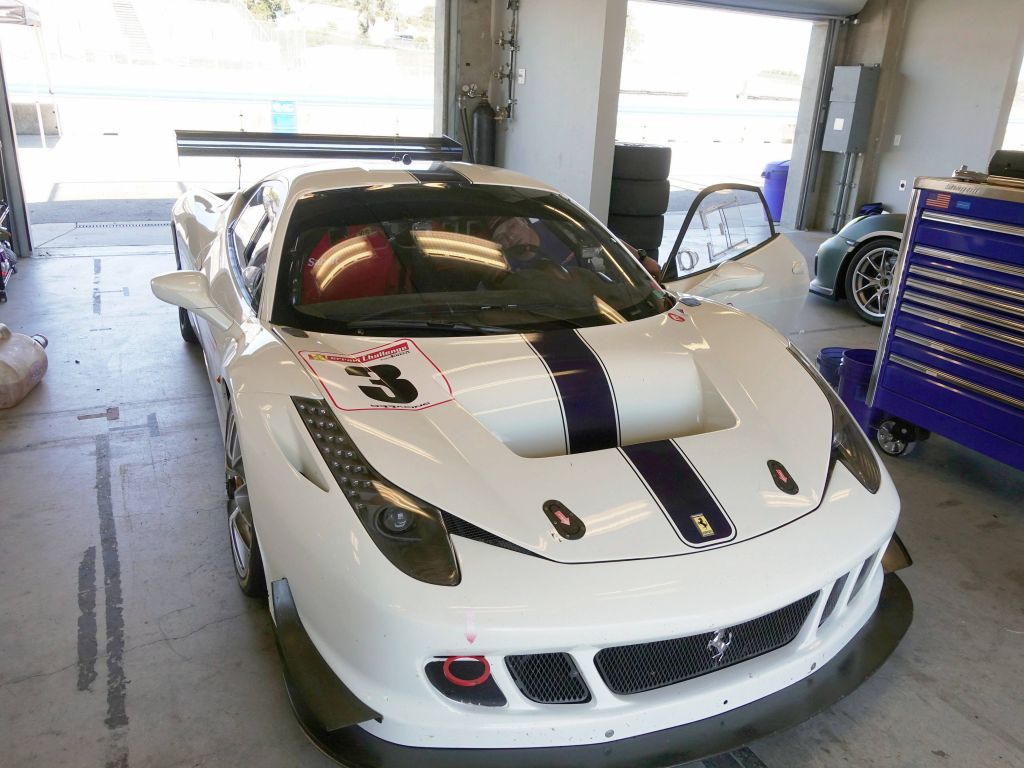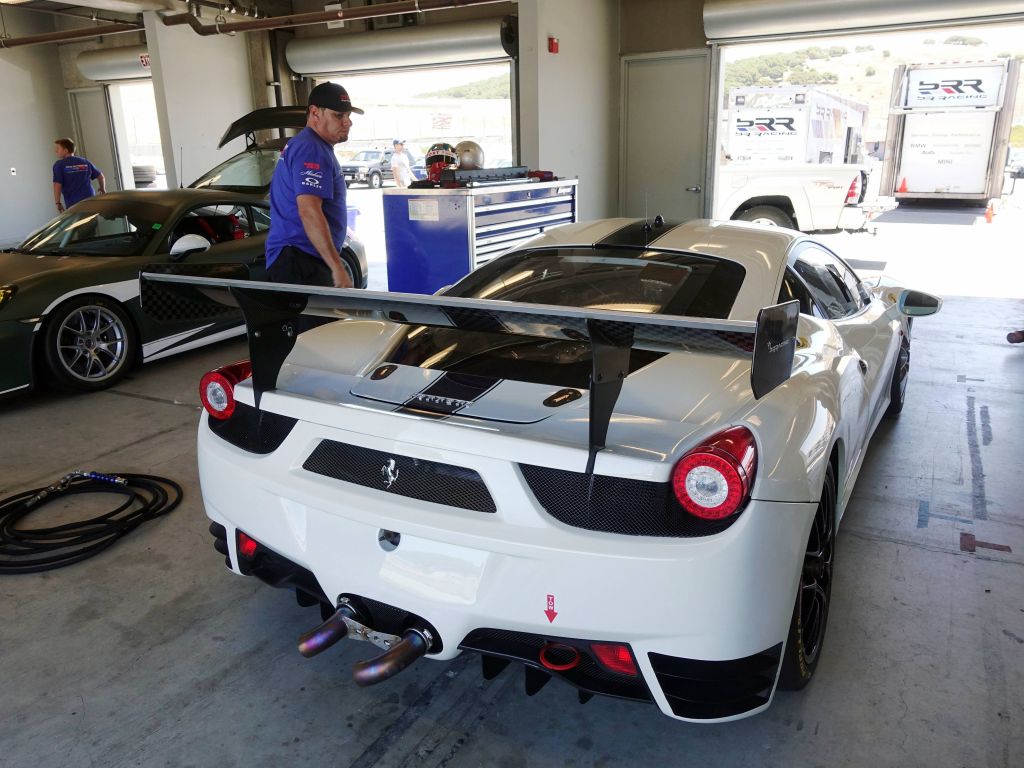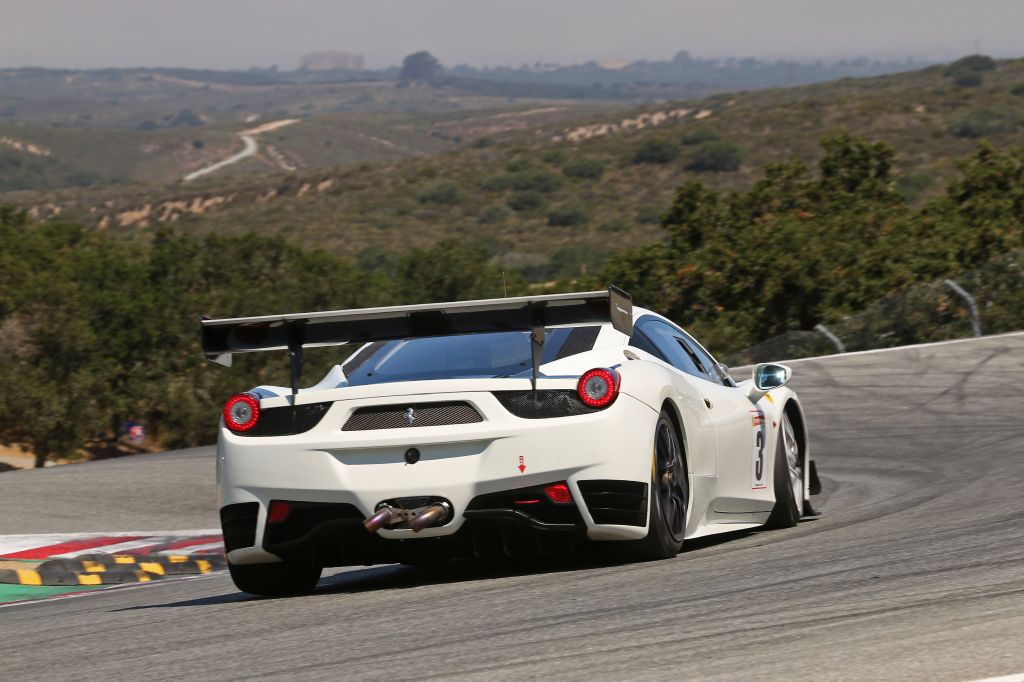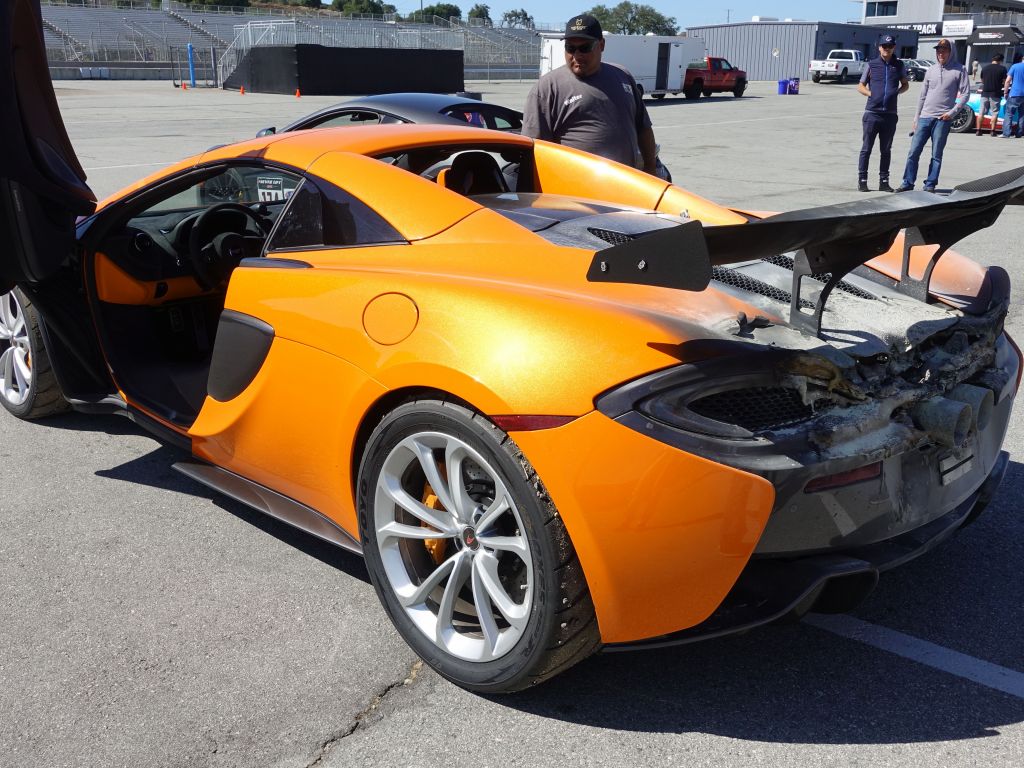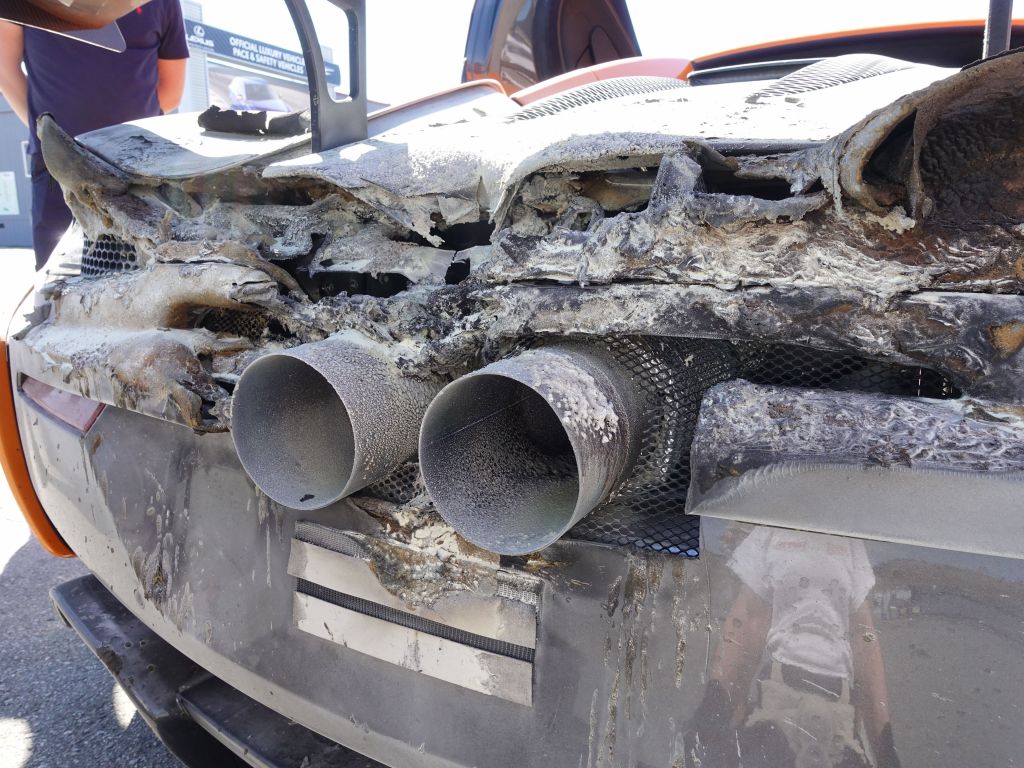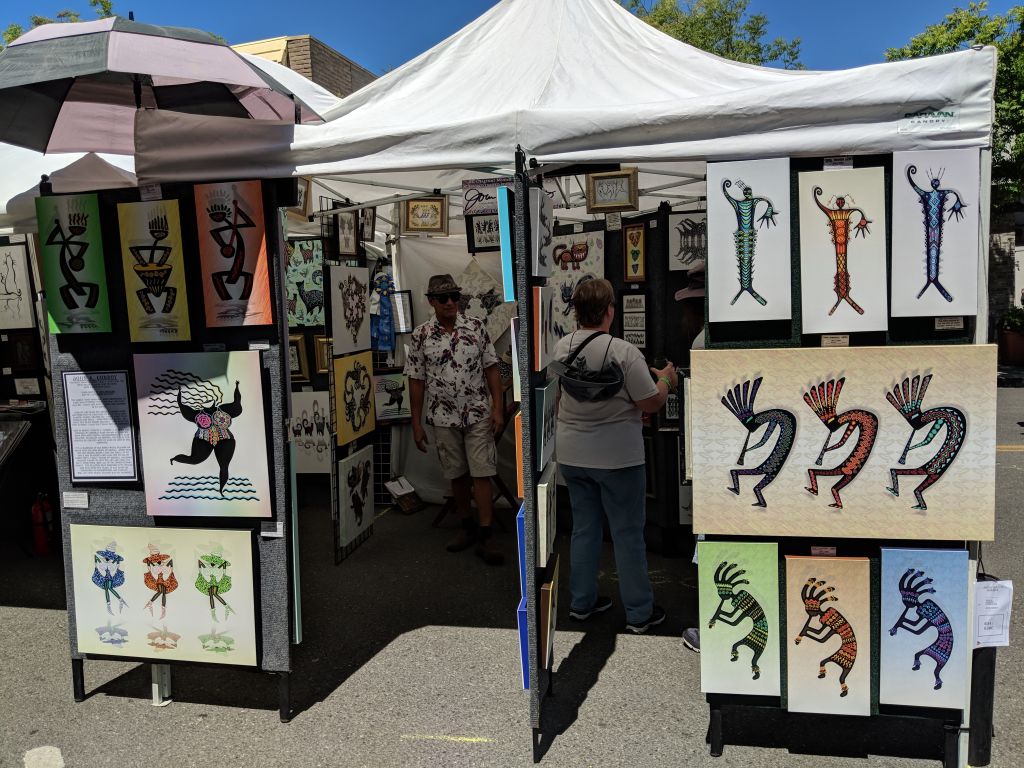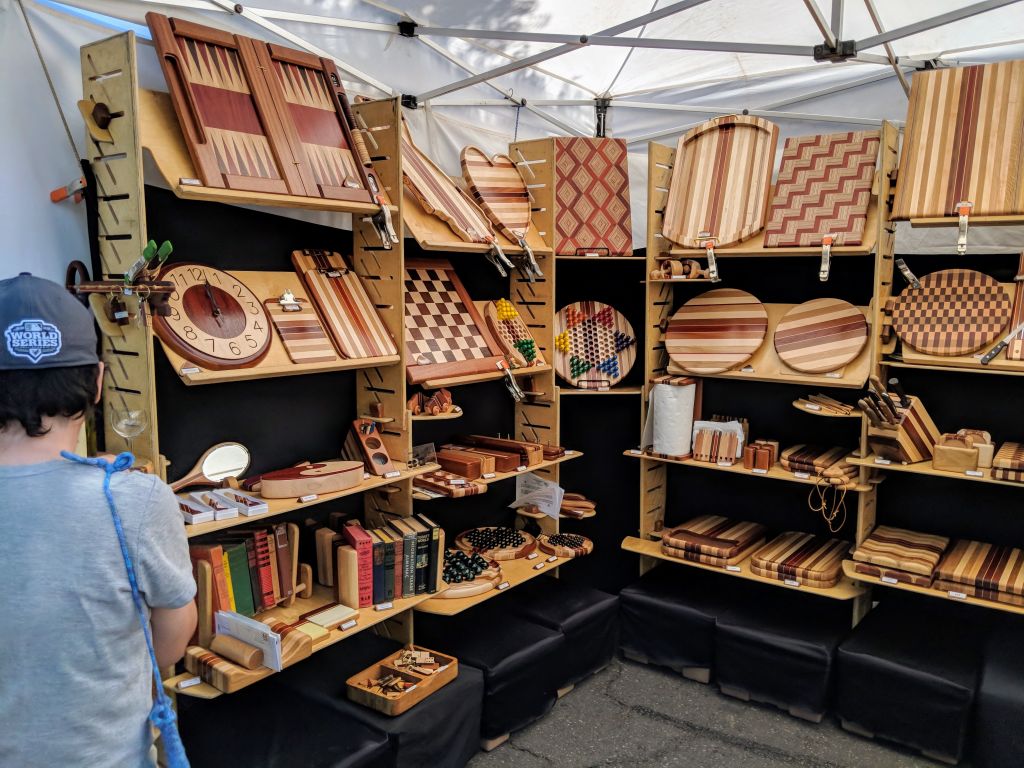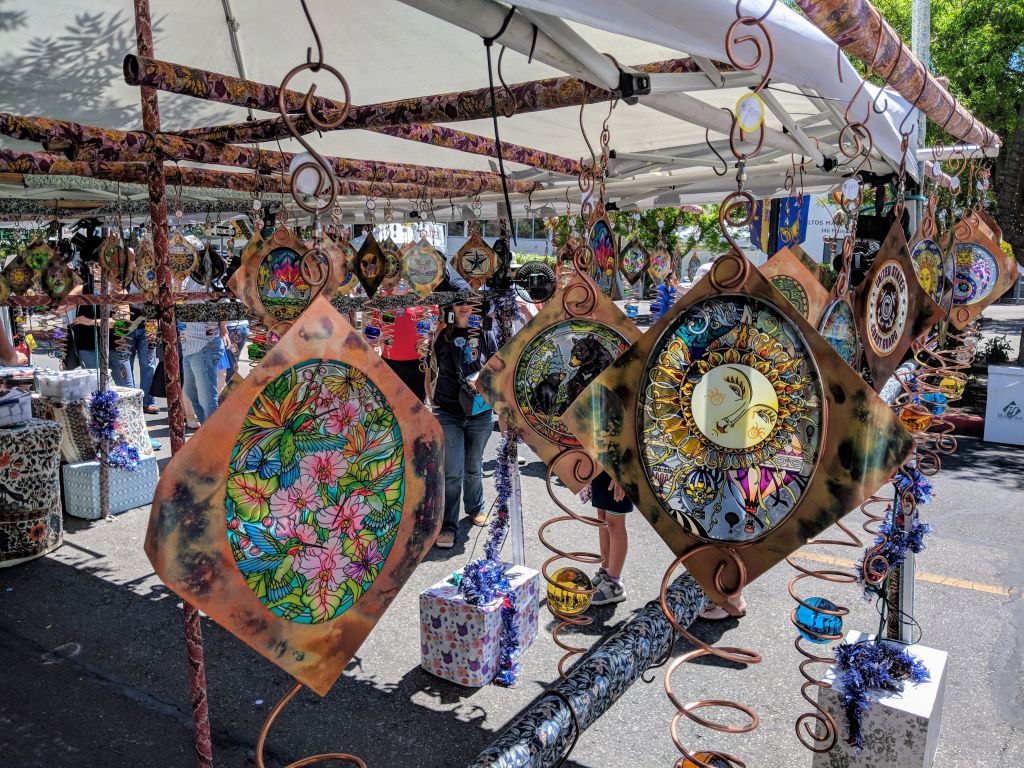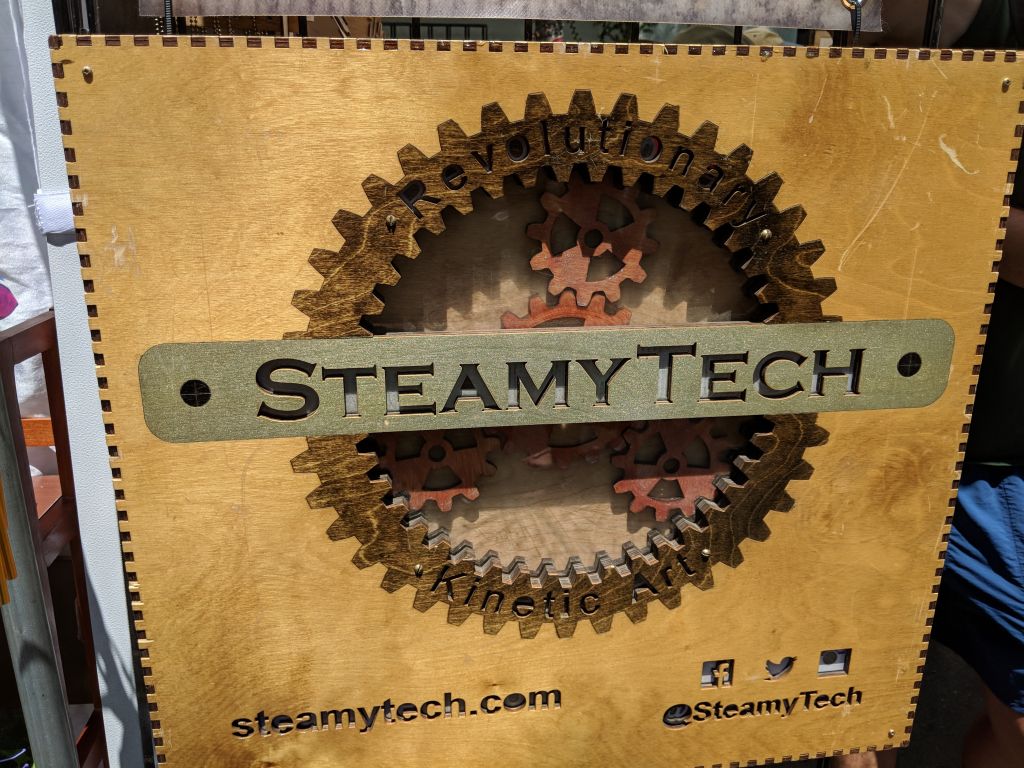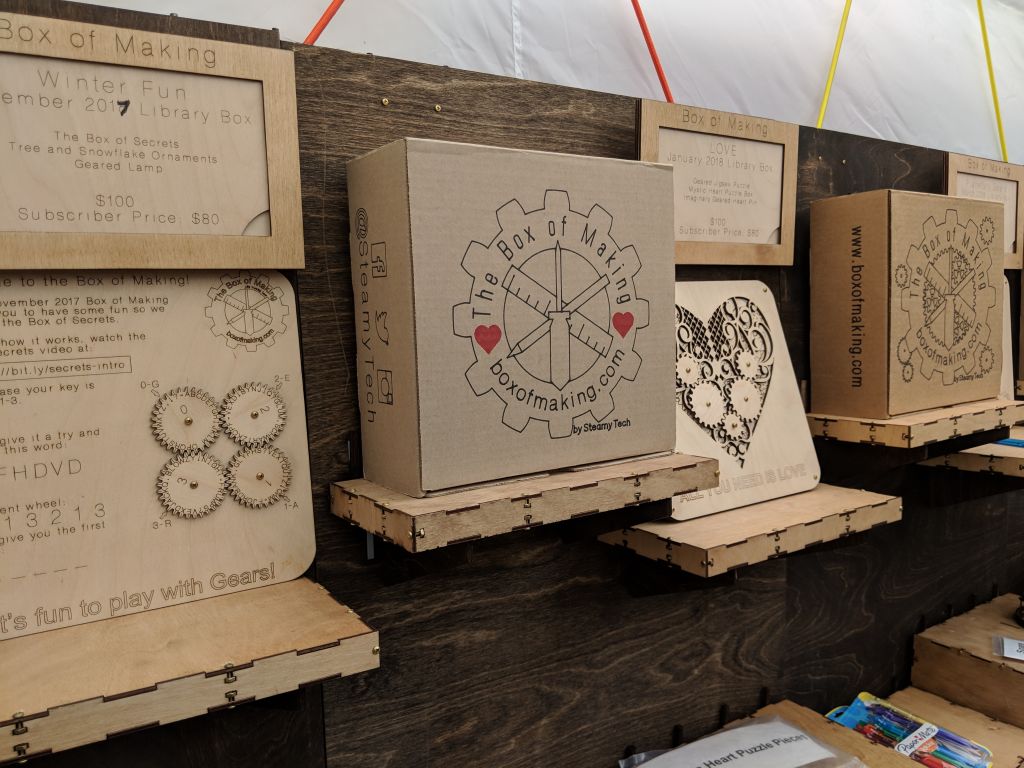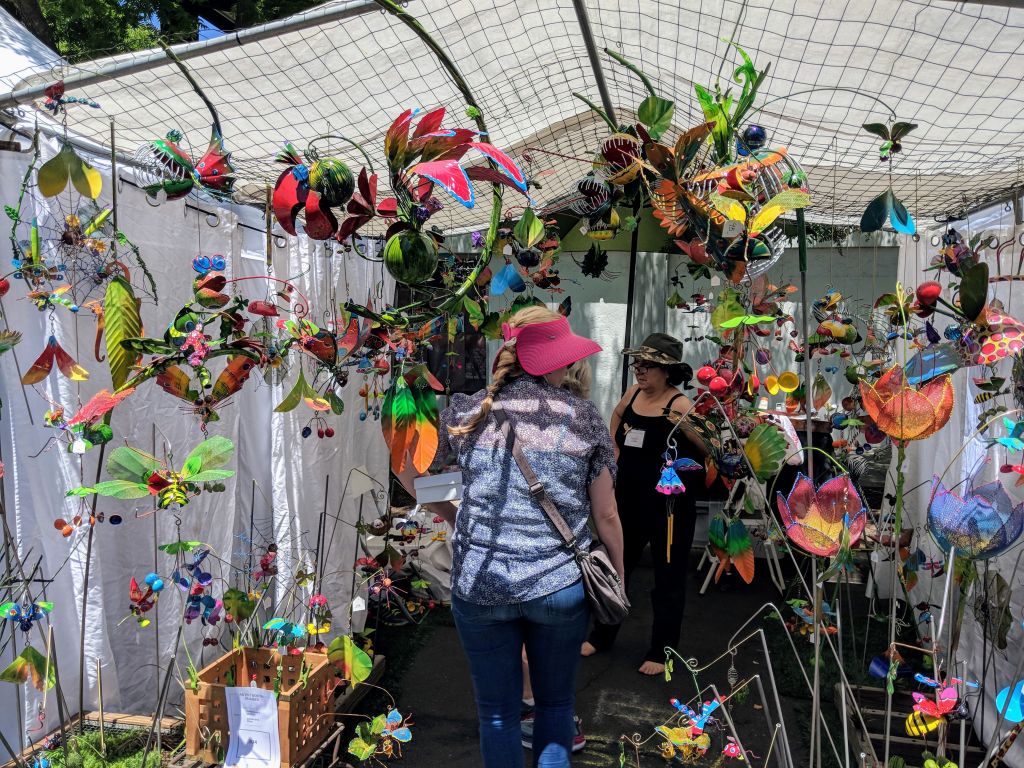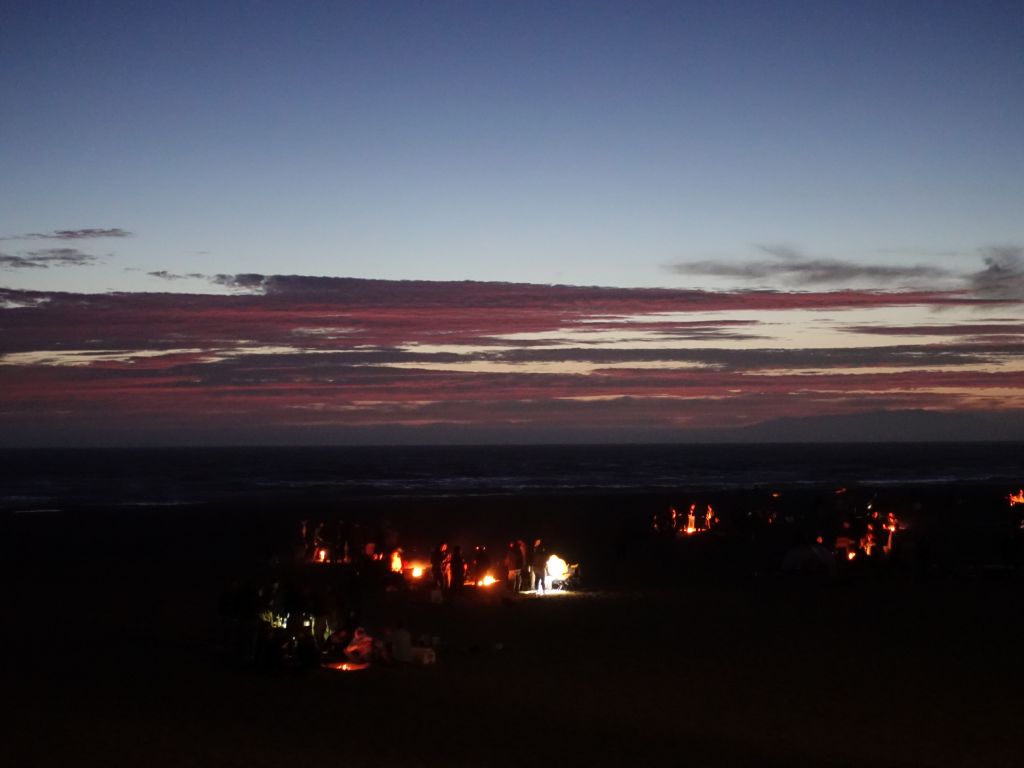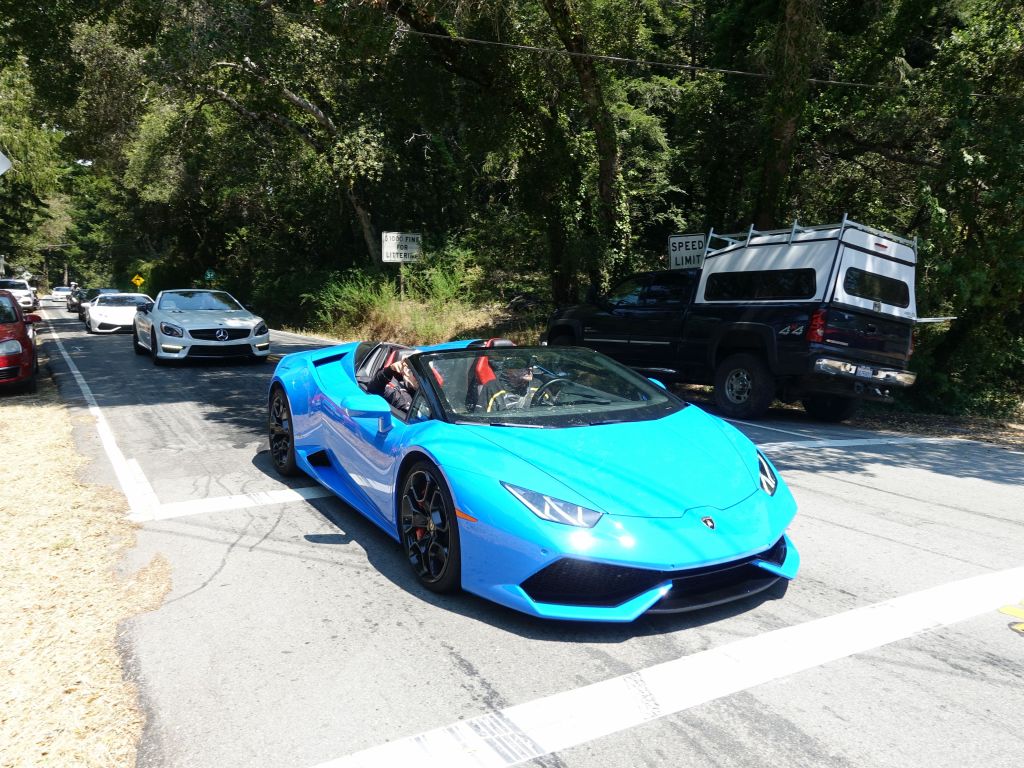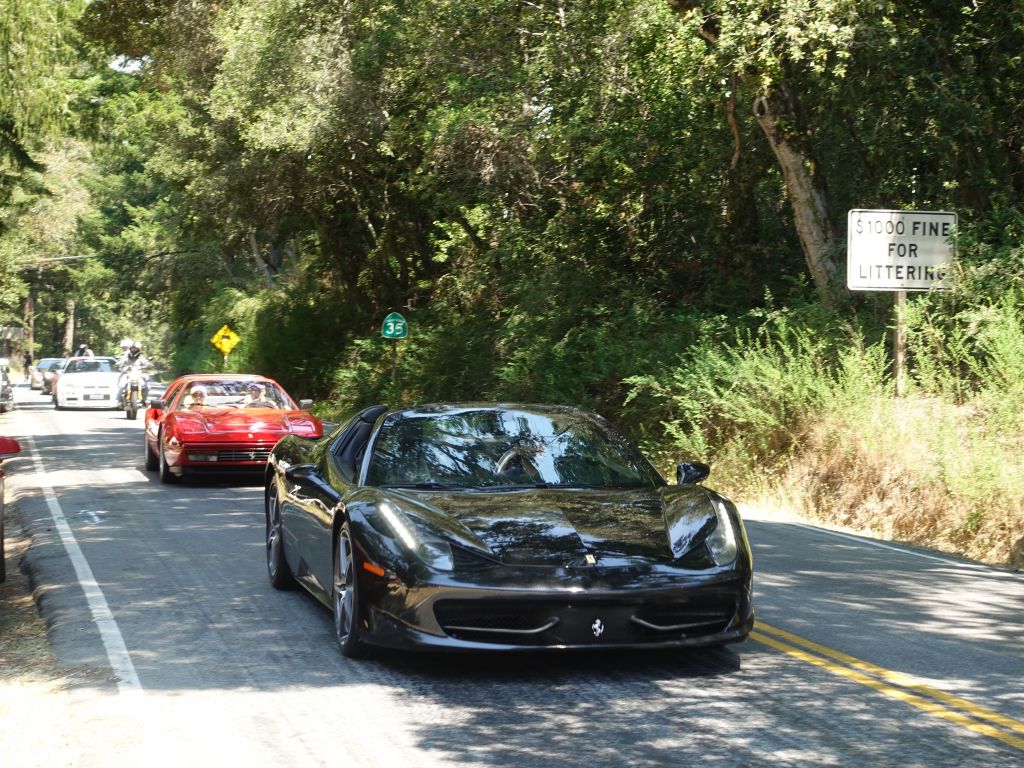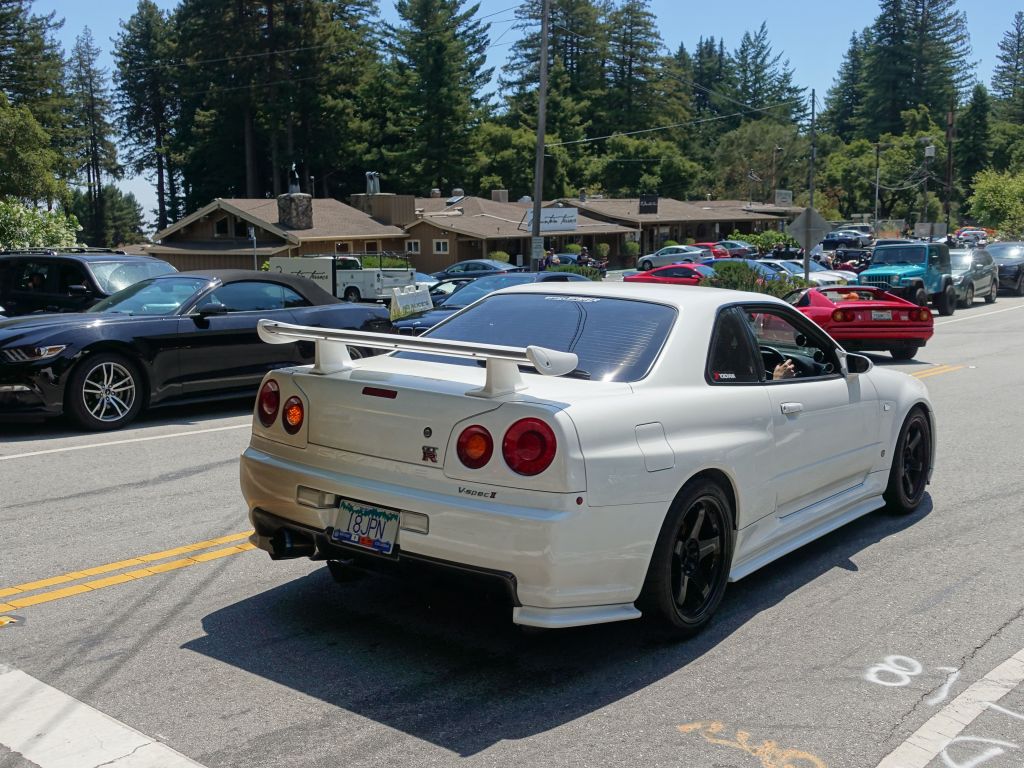Full story and build
I inherited 64 strips of mostly 64 neopixels per strip (some were as low as 61, and some as high as 66). 64 strips is run as 16 lines of 4 strips of 64 pixels (256 pixels), were tested 4 by 4, as the line of 256 pixels that they were with a Neopixel tester that sends test patterns:

the neopixel tester I'm using, along with a 5V 10A DC converter outputting 8A into the controller (testing full white)

A bit of test from my MatrixGFXDemo.ino code

power testing, this can replace a small sun ;)
ESP32, why not something else like Teensy?
So, my shirt that drives 24x32 uses ESP8266. ESP8266 can do up to 4 lines of parallel output, which is not sufficient for a proper frame rate on 4096 pixels. ESP32 does allow up to 24 lines of parallel output (untested) and can easily do 16 lines of output (110 frames per second for 4096 pixels).Teensy would would have worked too, but I've had too many problems with teensy, namely:
Why not use those premade 32x32, 32x64, or even 64x64 RGBpanels?
This is a very good question. First, they don't exist for neopixels, they exist for a different lower tech solution that requires a lot of work to drive.I personally wish for Neopixel matrices that ship in 32x32 or higher, potentially with the option to inject a new data line every 256 or 512 pixels (so you can drive them as one big slower array, or cut the data line in the middle and inject parallel data lines for faster refresh rates.
ESP32 8 or 16 Parallel output and driver
First, 4096 pixels without parallel output, I would only get 7fps, which is quite slow.Wiring and Level Shifters
I first did it wrong by wiring directly to ESP32. This was doubly a mistake because there is sadly no standard pin numbers between ESP32 boards, meaning that I had to re-wire my plugs if I changed chips: My other problem was that while 3.3V output worked ok enough, when using Yves Basin's 16 line parallel output code, the software built waveforms didn't work well enough at 3.3V. I had to add level shifters, which also nicely added a level of indirection between my cat5 twisted pair cables and the pin numbers on the chip: Later, I changed one more thing which was to reomve the bidirectional level shifters that were unnecessary and caused issues at boot on ESP32 by messing with some IO pins. Turns out I had go make sure GPIO2 and GPIO12 were low at boot or flashing and reboots would fail (hence the resistors in the picture). However, I ended up replacing them with simpler 74HC245 unidirectional level shifters which don't mess with I/O pins and removed the need for the resistorsSoftware
Thankfully I was able to leverage the weeks/months of work I put on https://github.com/marcmerlin/FastLED_NeoMatrix and then demos I wrote for it, or shamelessly borrowed from more talented programmers :)I then spent a lot of time on my https://github.com/marcmerlin/NeoMatrix-FastLED-IR code that ran my Neopixel shirt and adapted it so that its demos would work on a 64x64 matrix while skipping the handling of neopixel strips that are on my pants and arms. I then did a recording of the entire set of demos, including 64x64 animated gifs I found and liked, and ended up with 41mn:
Conclusions
Burning Man
Oh yeah, I built this for Burning Man and despite being hard to transport due to its size, it made it there ok and survived the playa dust for a week:

due to lack of skill and lack of time, I used my protoboard and taped it on the reard of the display. Not professional, but it works

somehow my protoboard and ESP32 survived the playa dust for the week
























